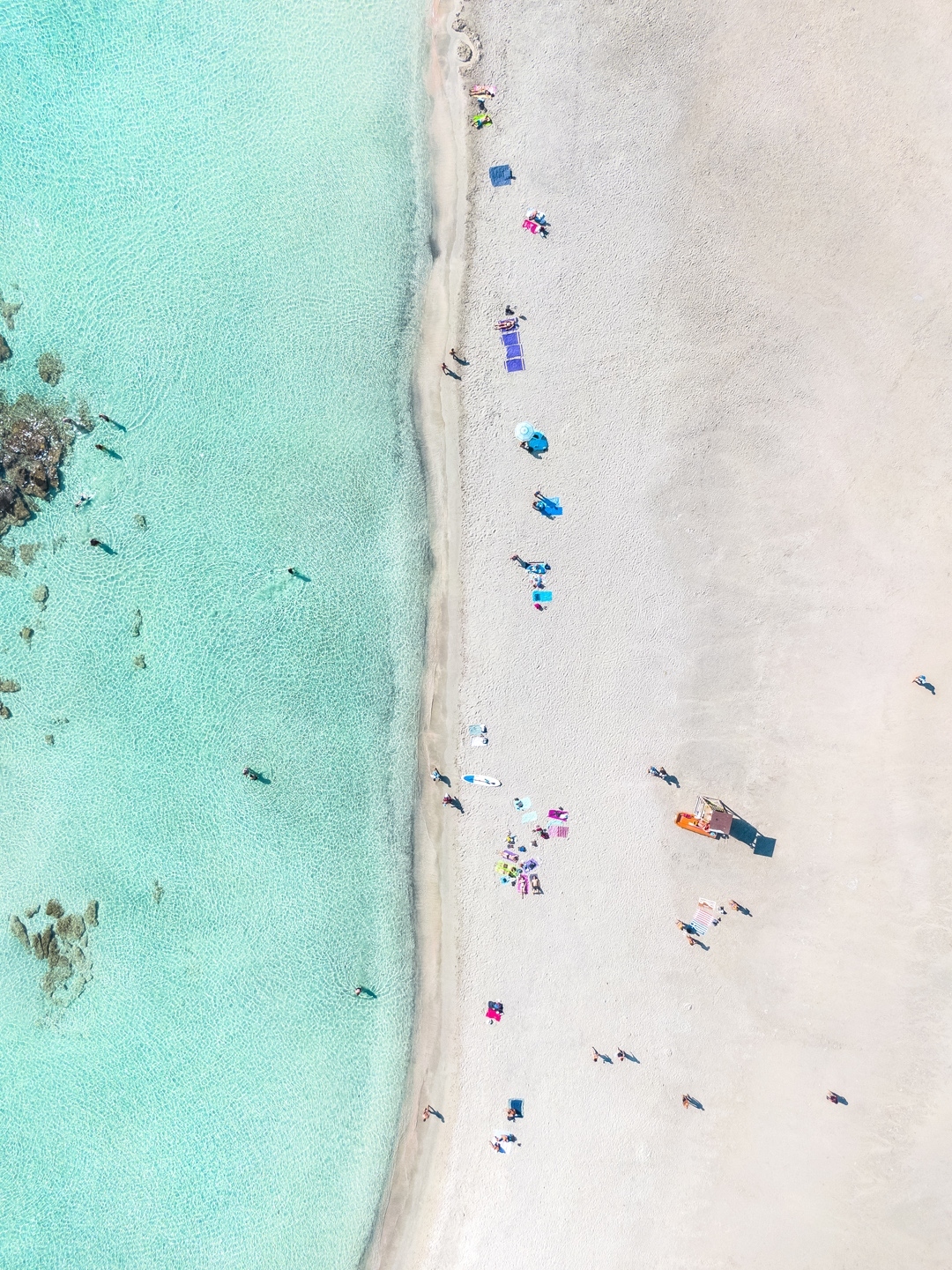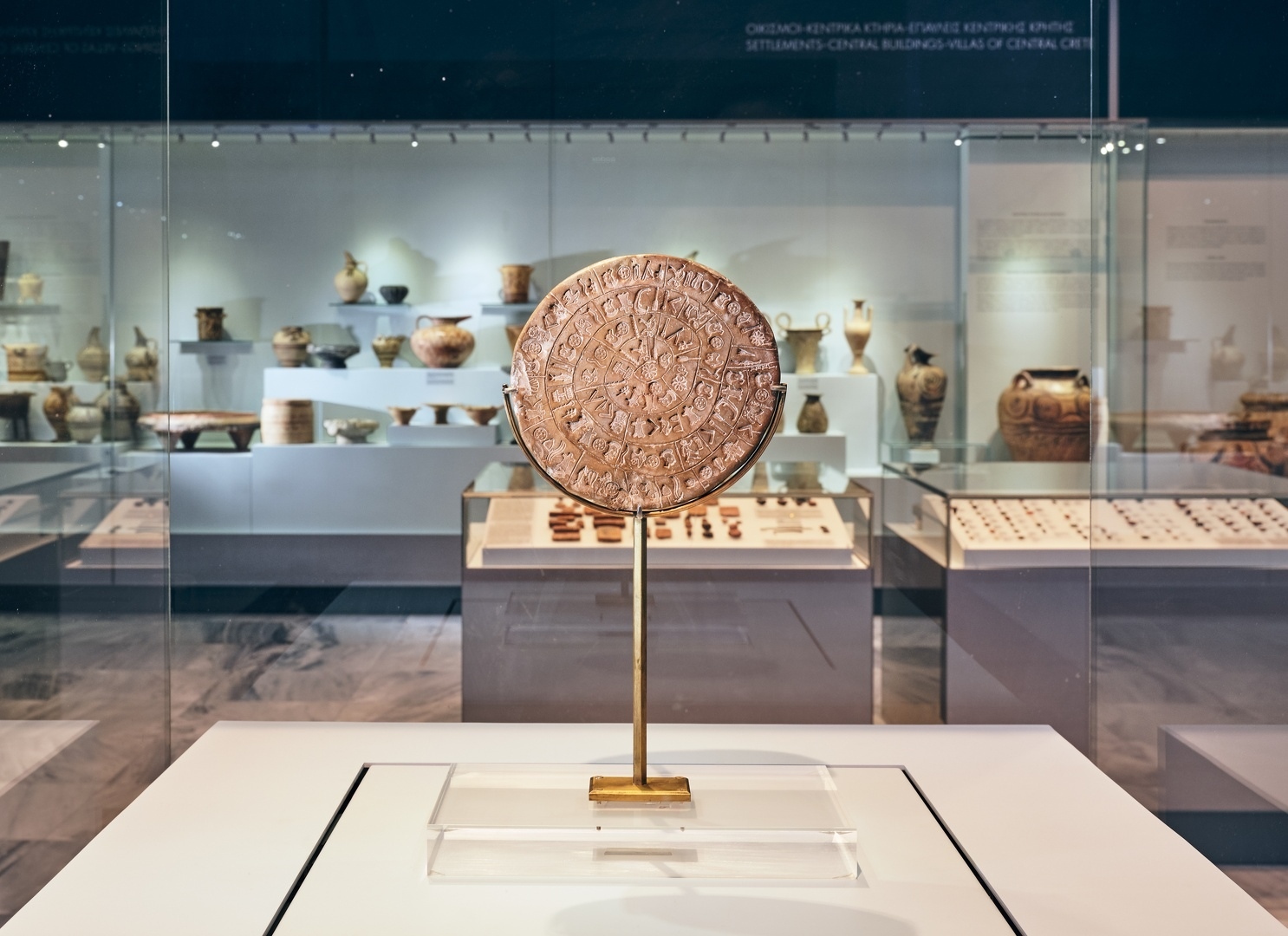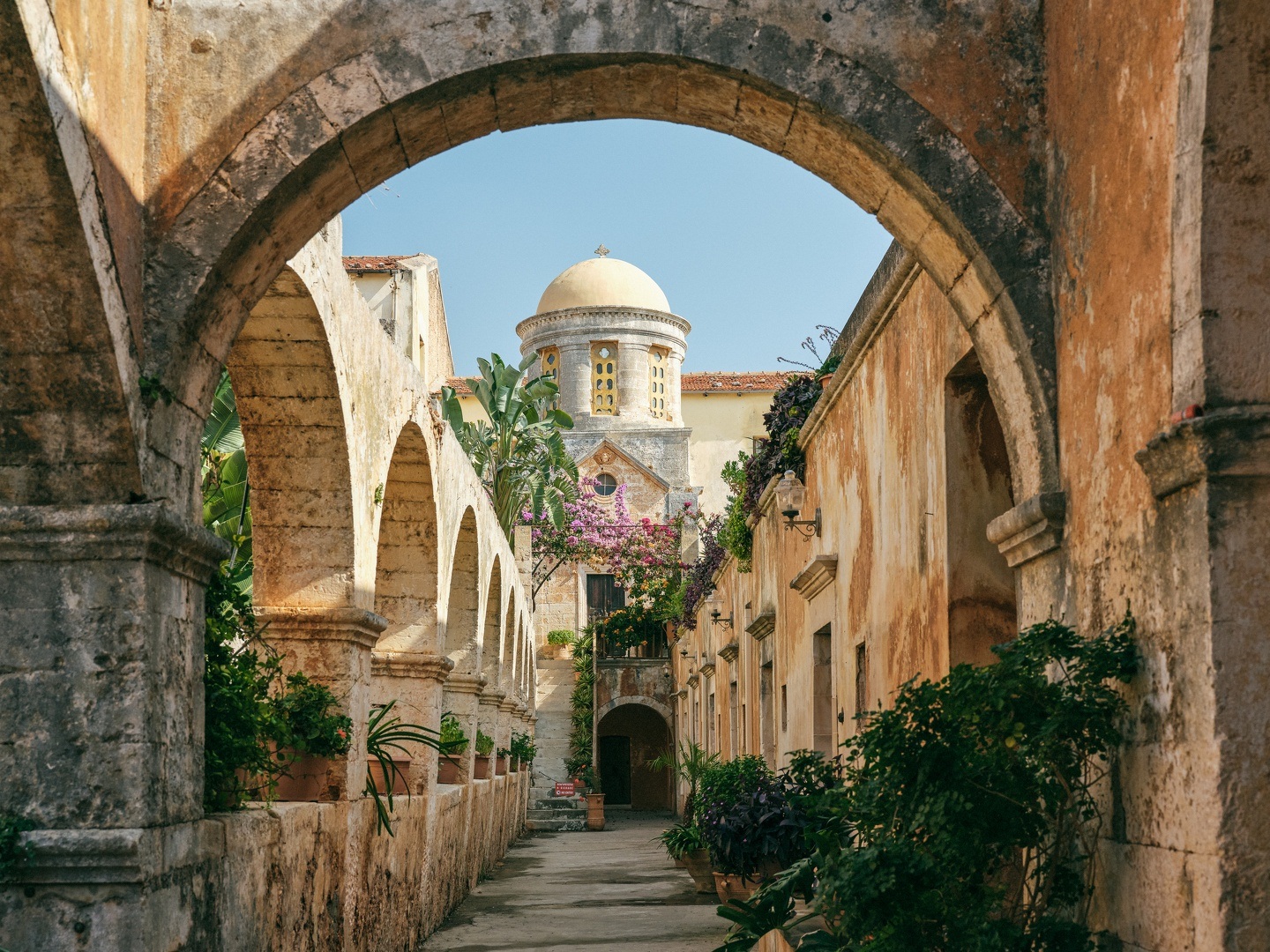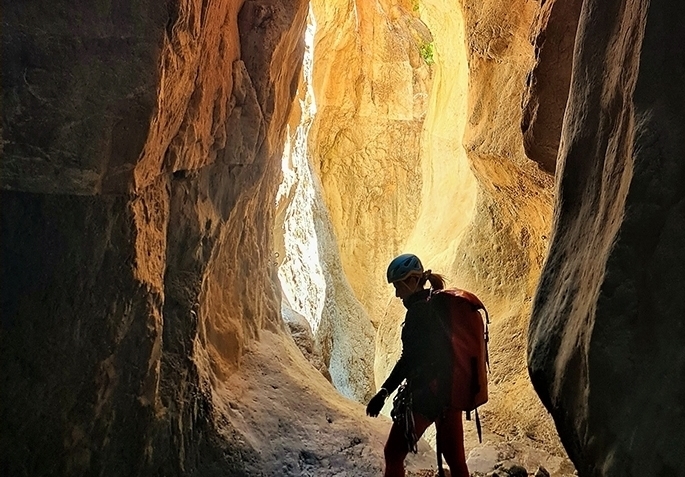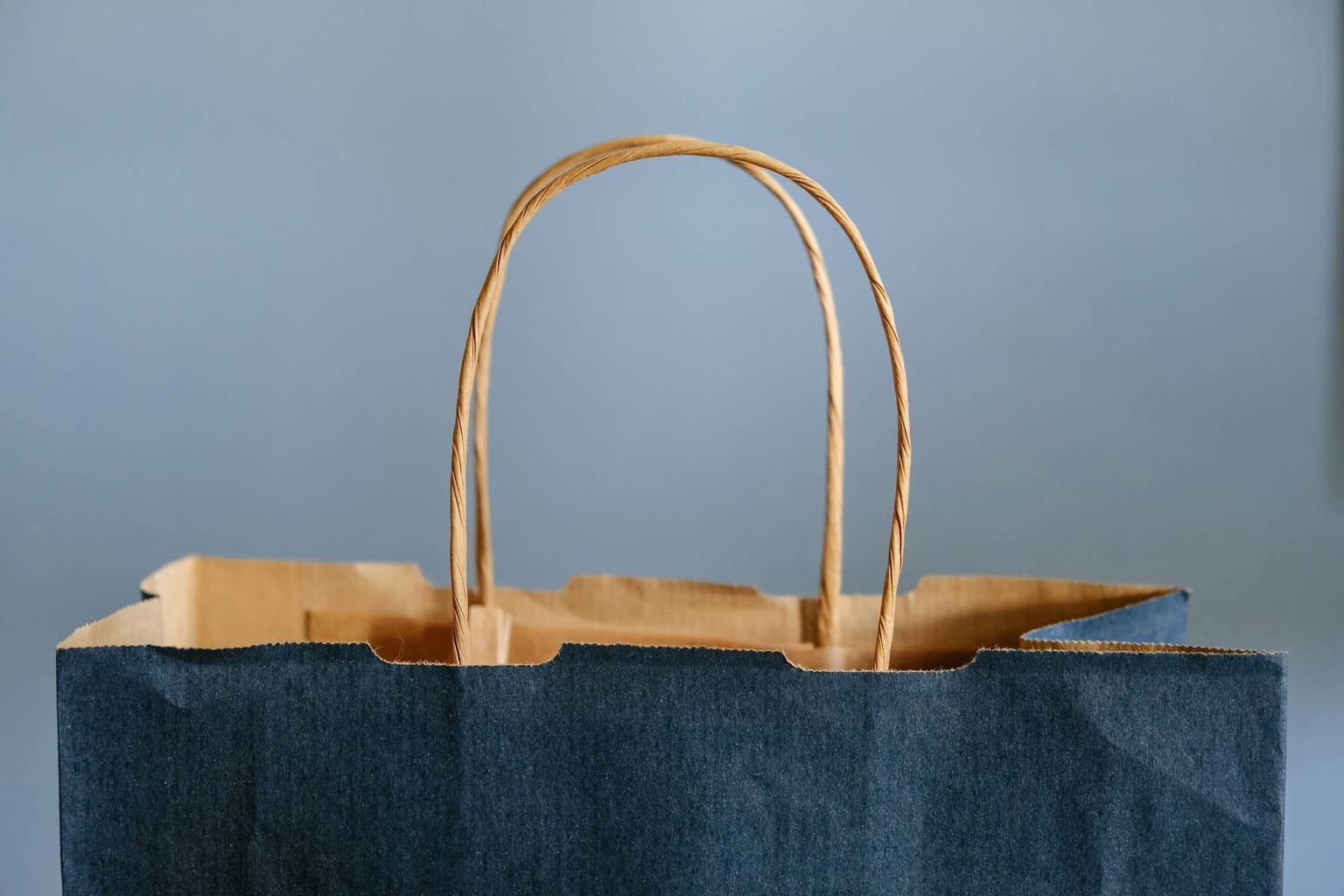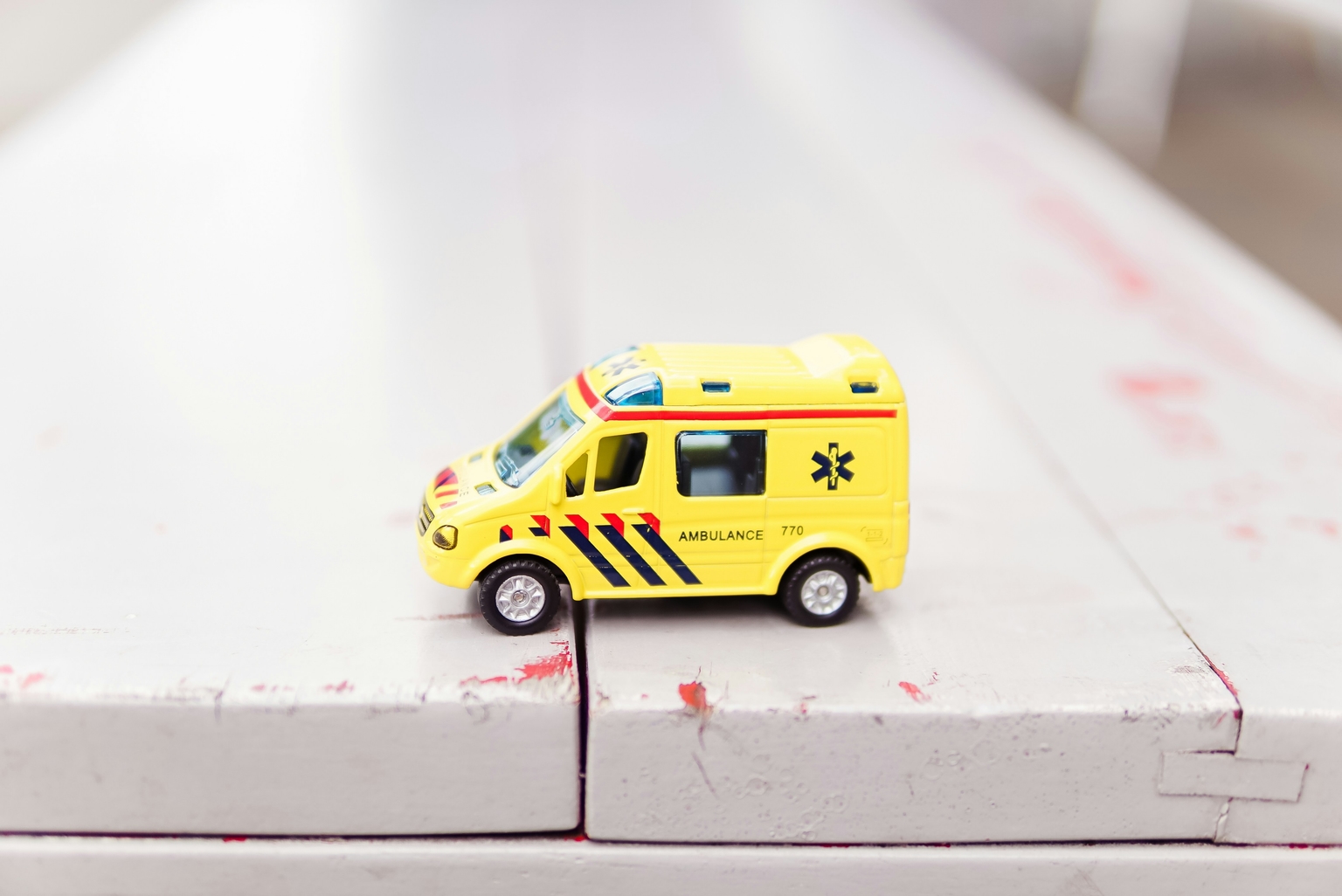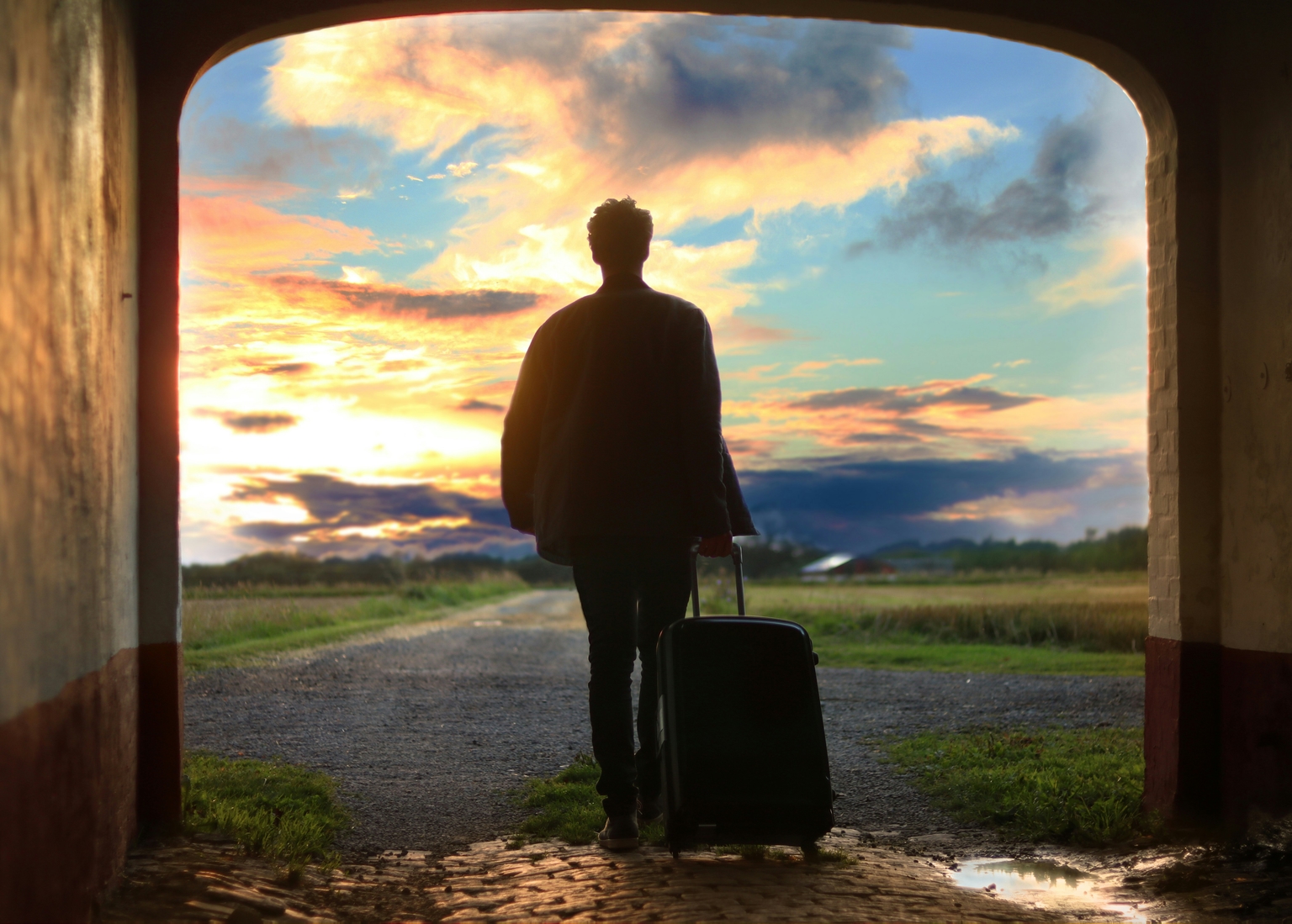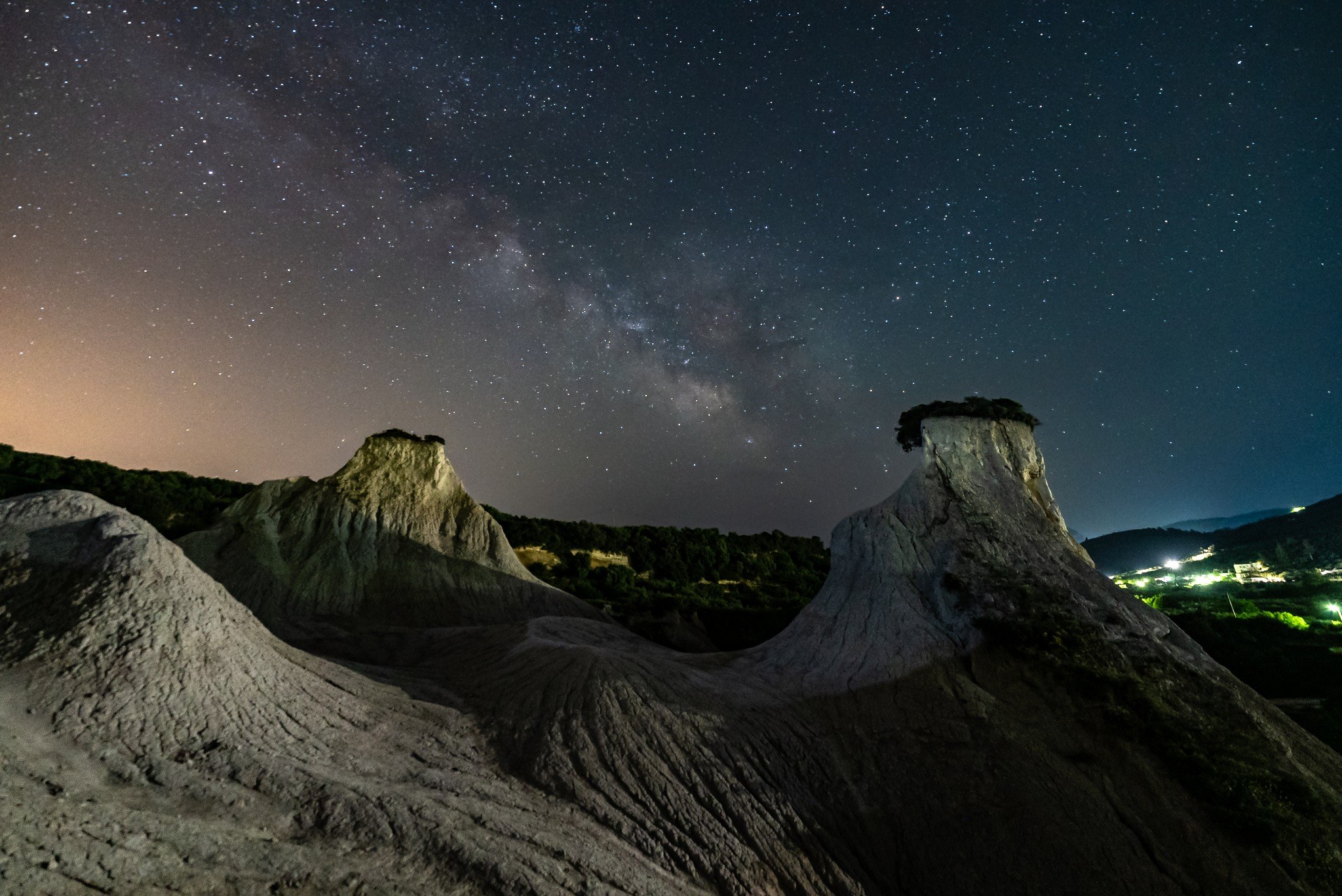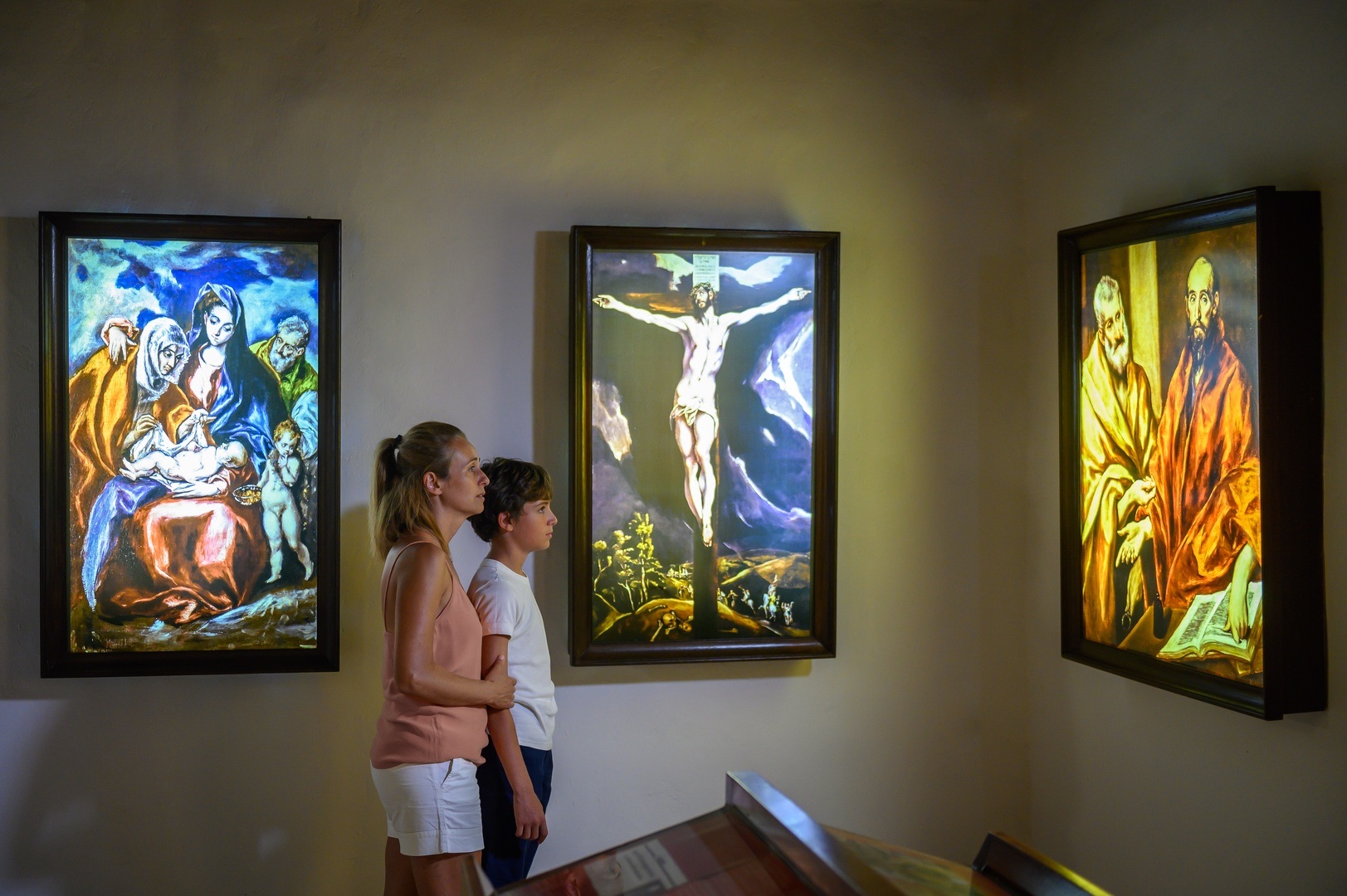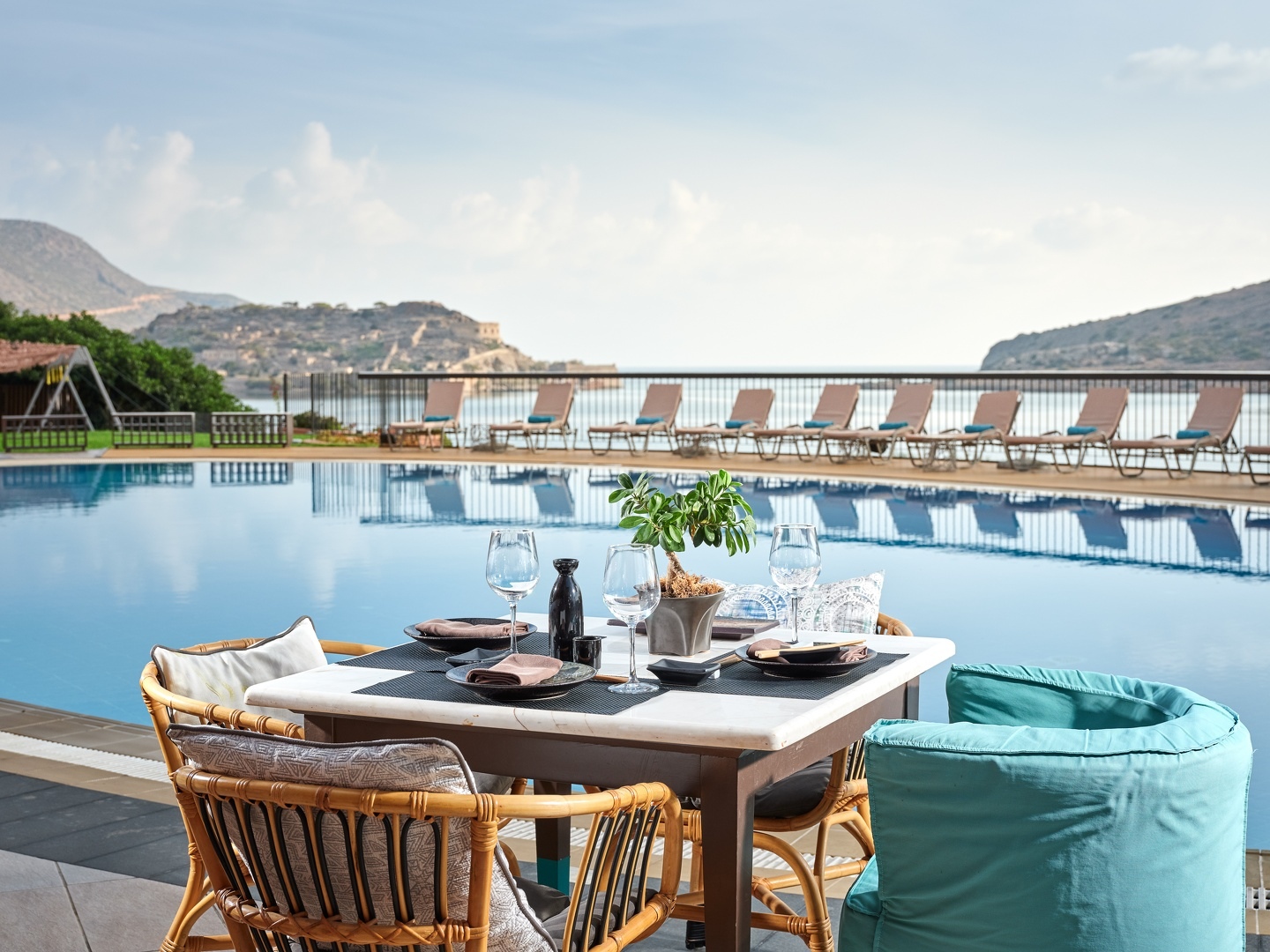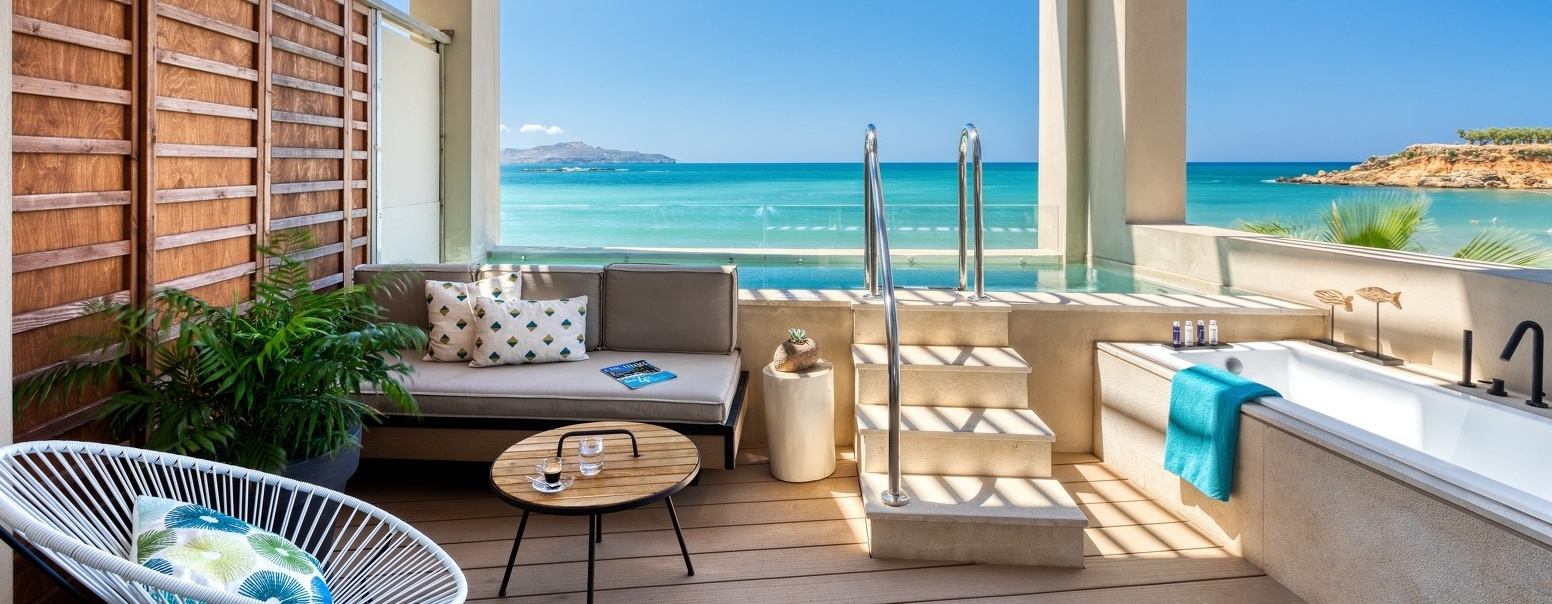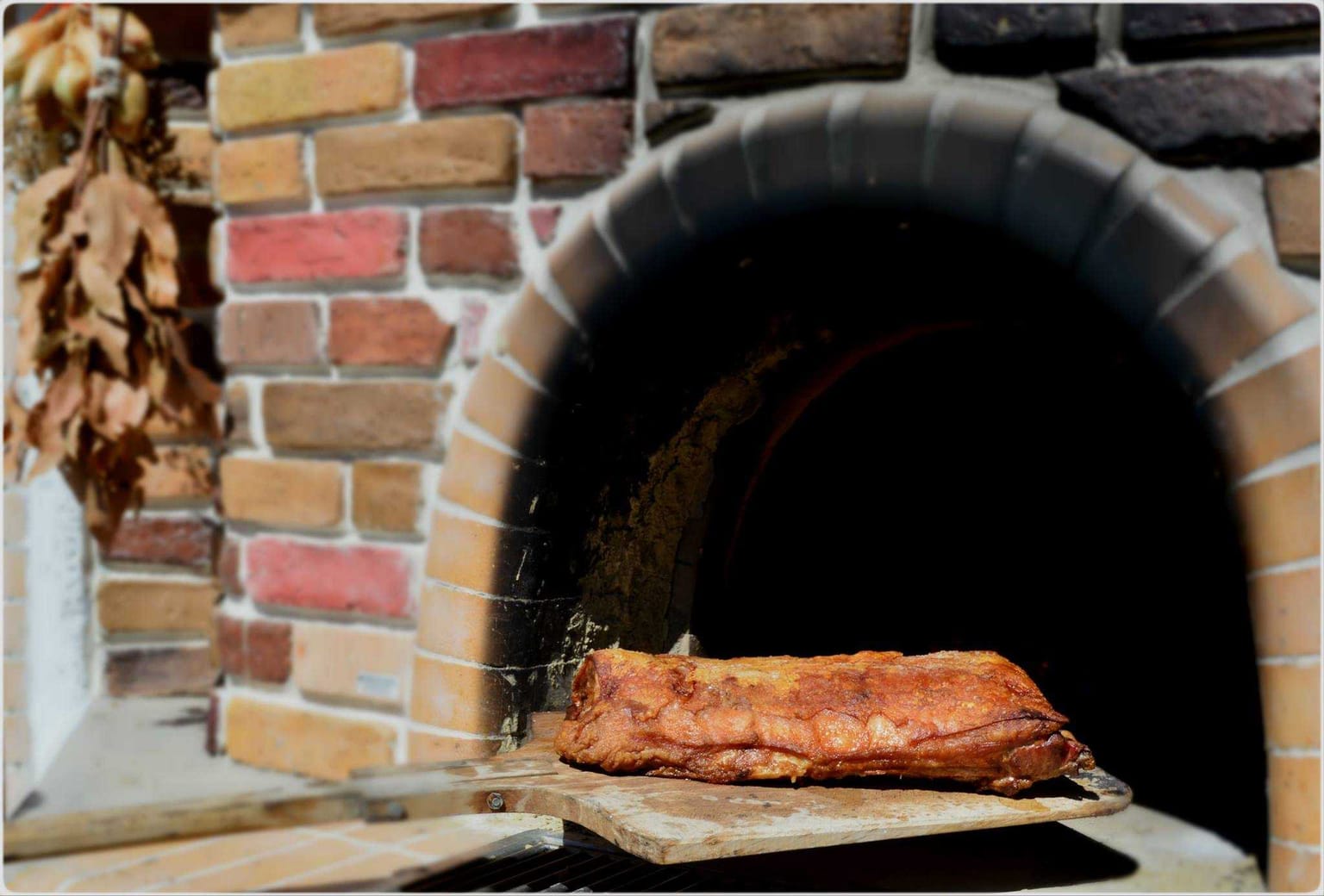
Kapriko was pork meat roasted in a wood-fired oven with its skin, using only salt as an ingredient.
The famous masters of kapriko, renowned for their culinary expertise, were integral to the tradition.
In ancient Crete, within the region of Pediada, lies the village of Galatas. Its inhabitants were renowned for their trade in locally produced raw materials, including vegetables, olive oil, raisins, and meat products such as kapriko.
Kapriko was pork roasted in a wood-fired oven, seasoned only with its skin and salt. The inhabitants of Galatas, renowned masters in its preparation, initiated the ‘vendema’ (a longstanding tradition) from Agios Georgios Epanosifis on 23rd April, concluding on 31st August at Agia Zoni in Dafnes. During this period, they journeyed with their donkeys to various festivals, including the Paliani Monastery in Venerato, Agia Irini in Spilia, and, of course, the famous Agia Marina in Voni. Over time, donkeys have been replaced by three-wheeled motorcycles and subsequently cars, which continue to transport products today, upholding the traditions and memories of our grandparents. They offer Cretans and visitors alike unique culinary experiences that reflect the island's rich heritage.
Ingredients:
- Large cuts of pork
- Coarse salt
Procedure:
To prepare the meat, it is first seasoned with coarse salt the day before cooking, with the amount of salt left to individual preference. On the following day, the wood oven is ignited, ensuring it reaches the appropriate temperature. The salted pork is then arranged in baking pans and placed inside the oven, after all coals have been removed. Once the meat is positioned, the oven is sealed shut with its lid, and a layer of mud, typically white soil, is applied around the edges for insulation. After approximately an hour of cooking, the oven is opened, and the meat is flipped over to cook on the other side, with any released liquids drained off. The cooking process continues by relighting the oven and repeating the same steps. Additional rounds may be necessary until the desired level of browning is achieved.
Lena Igoumenaki
President of the Cretan Cuisine Festival Association
Cretan Cuisine Festival
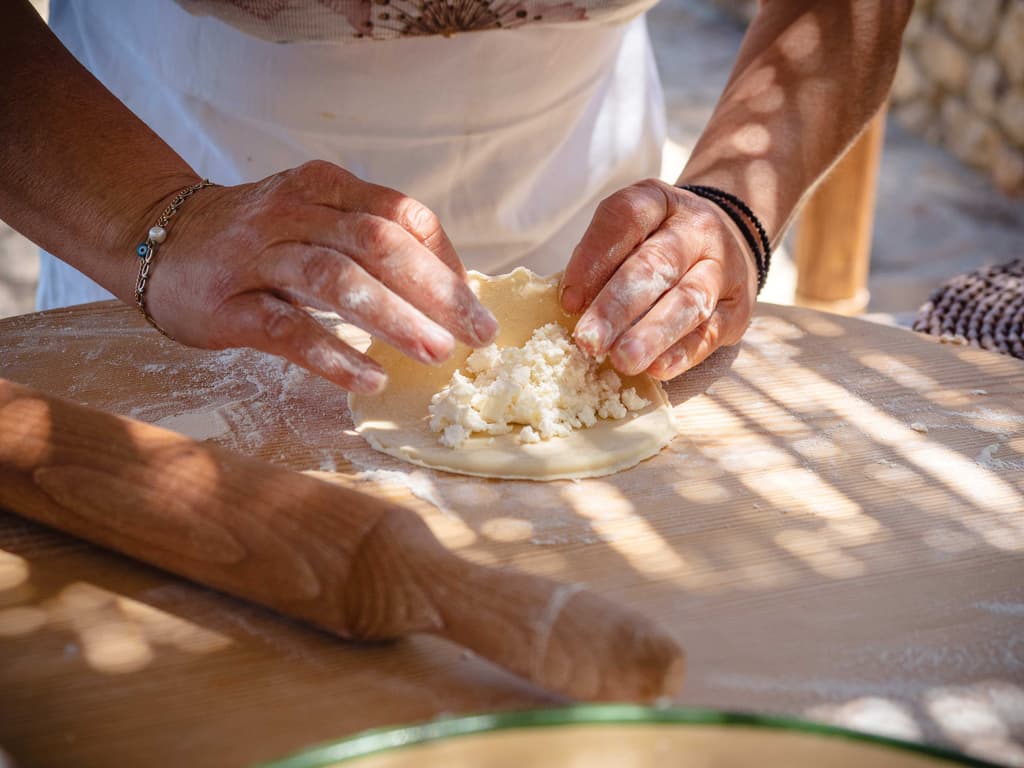
Mizithropites: Authentic Cretan Pies

Meat cake
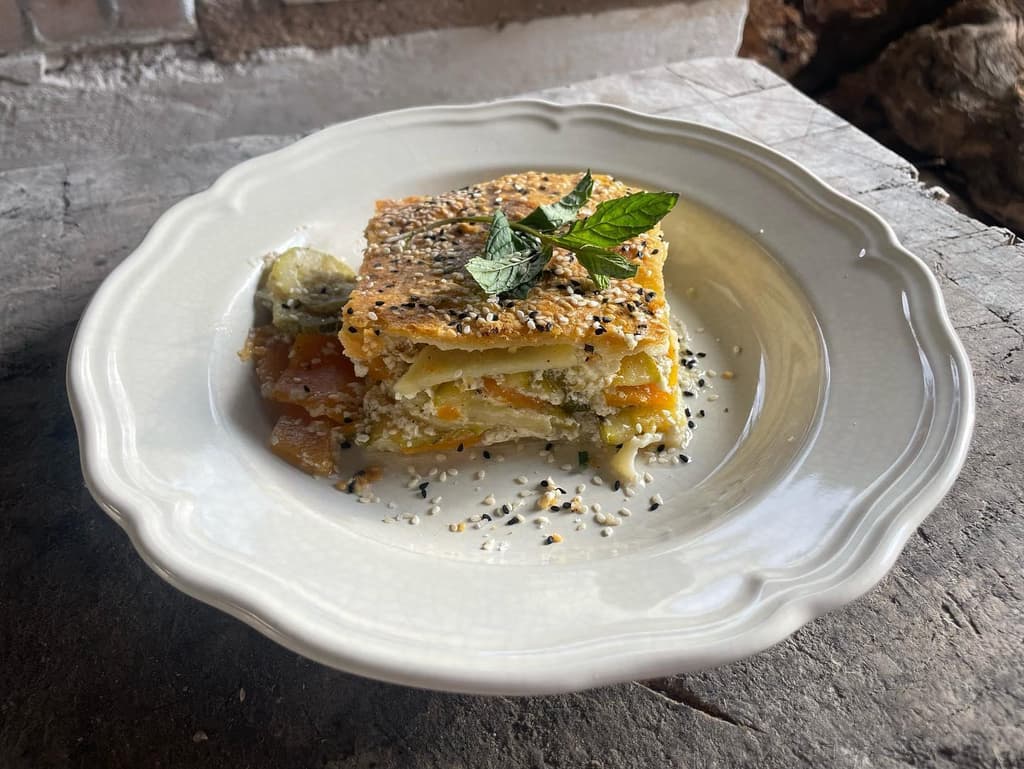
Chania Boureki or Courgette Boureki
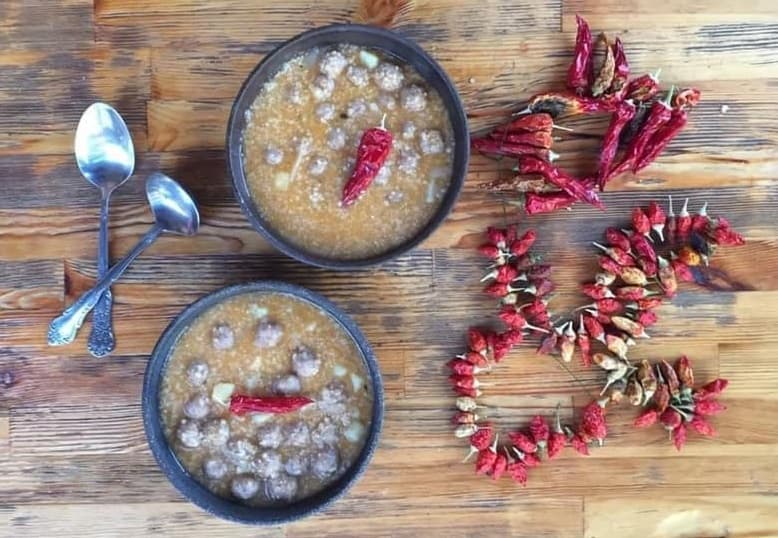
Topia (Balls)
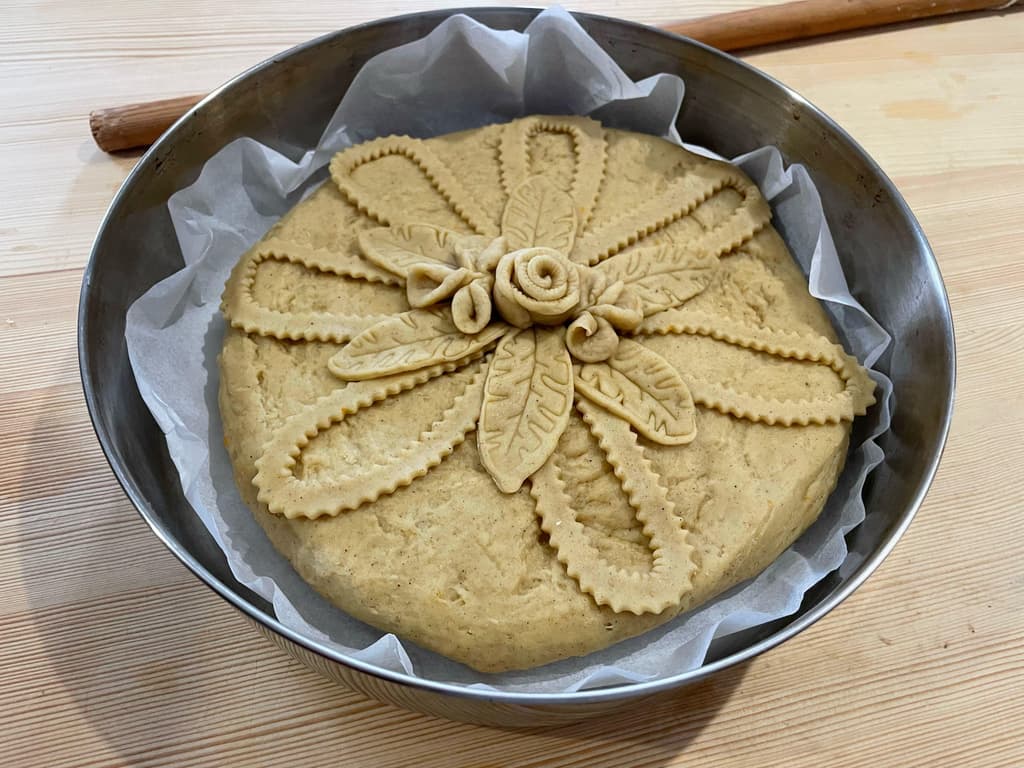
The Traditional 'Bread of the Year'
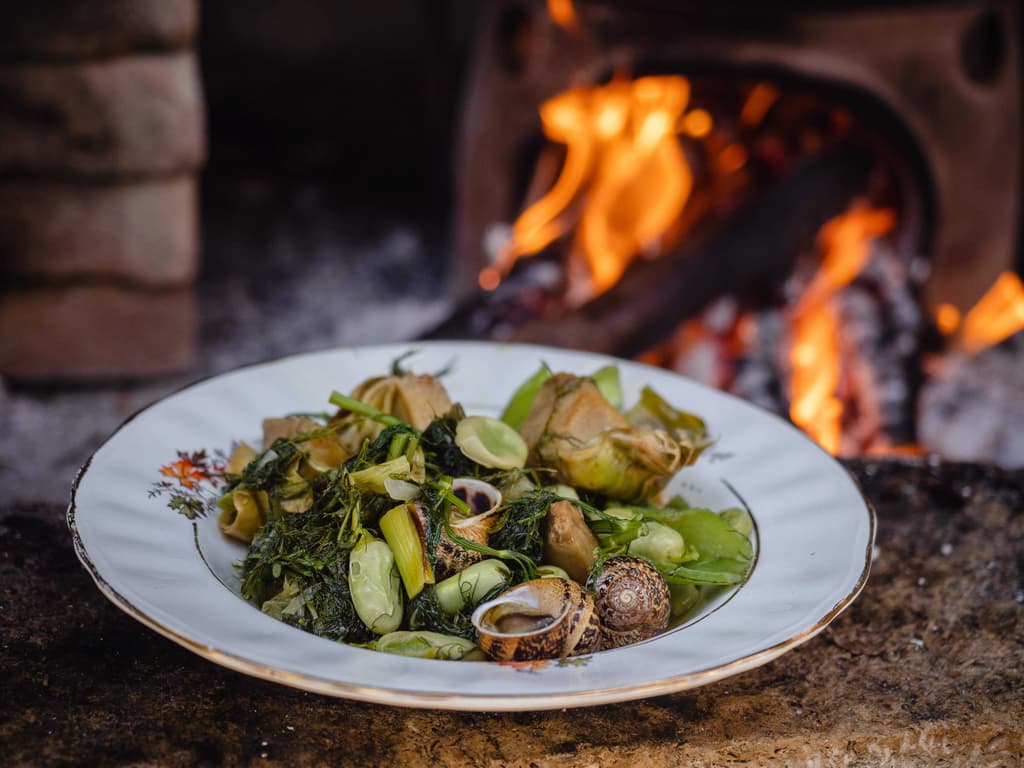
Snails with Broad Beans and Artichokes
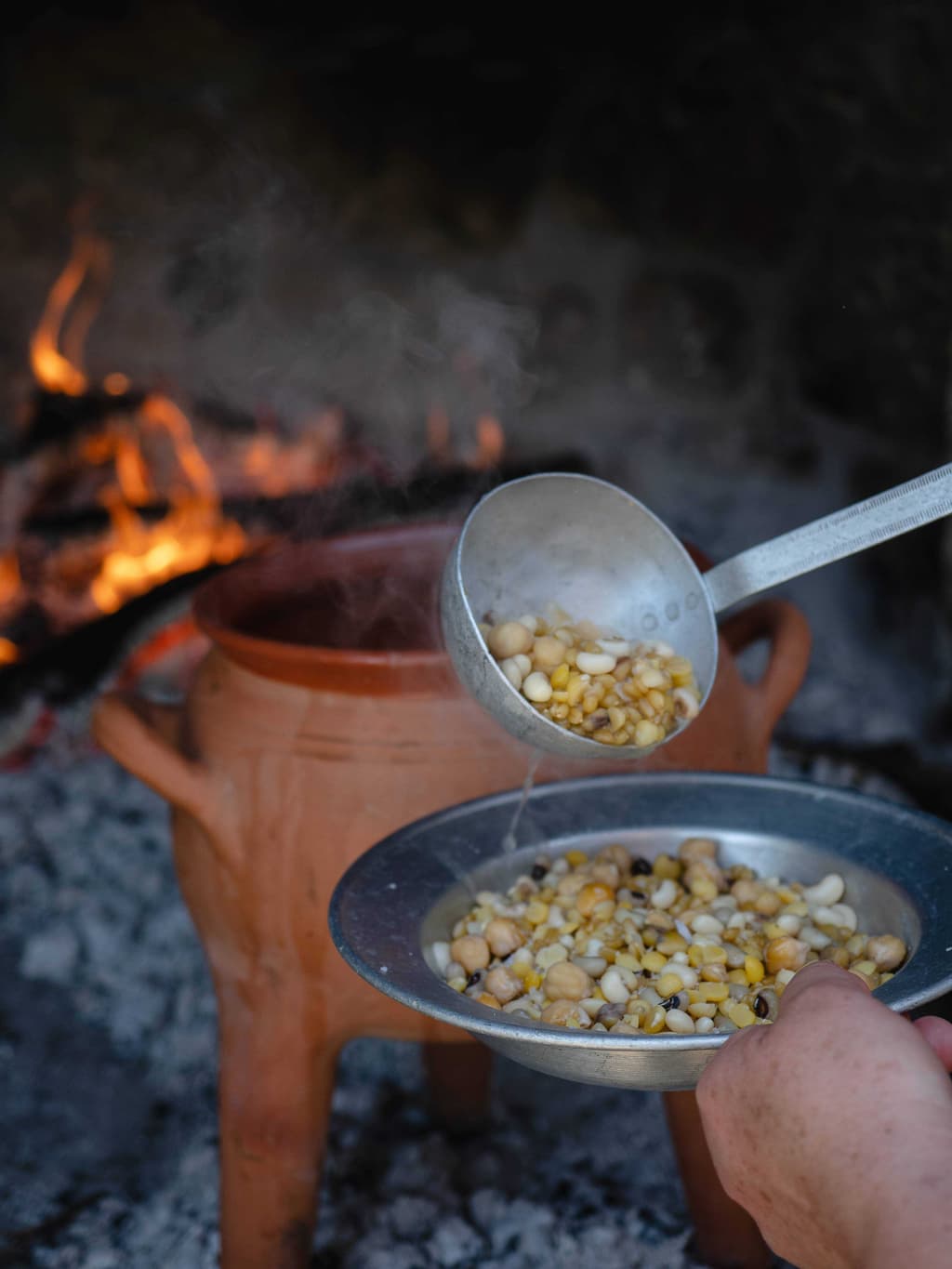
Cretan Ospriada or Palikaria (A Legume Dish)
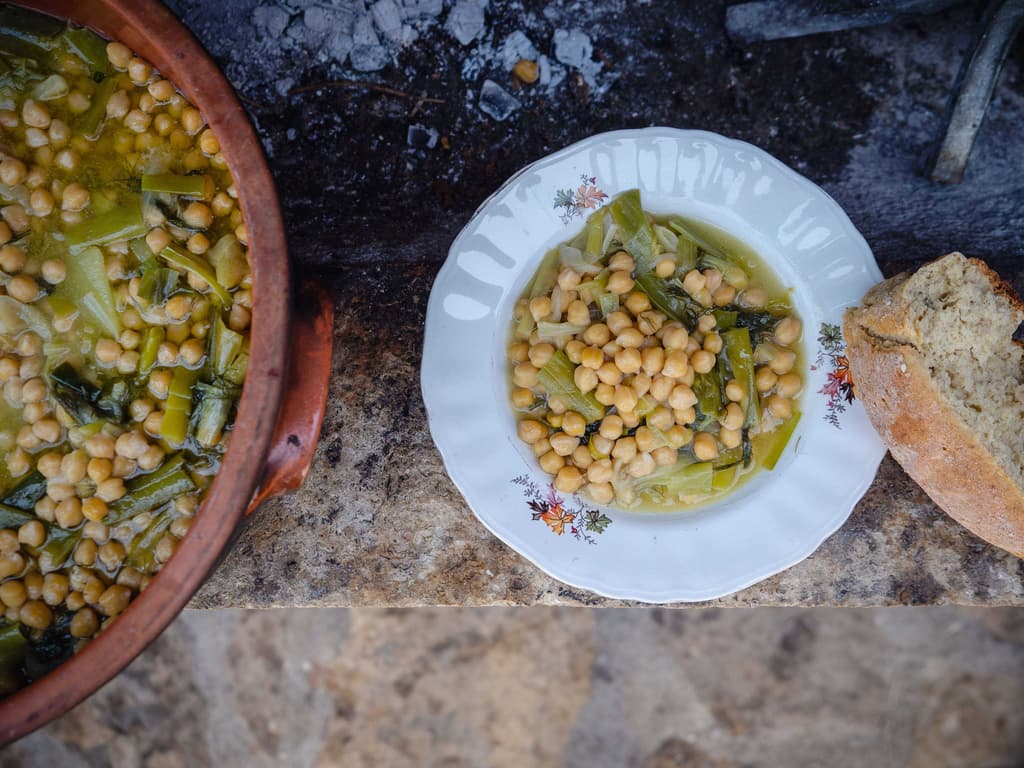
Chickpeas with Wild Leeks, Flour and Lemon Sauce
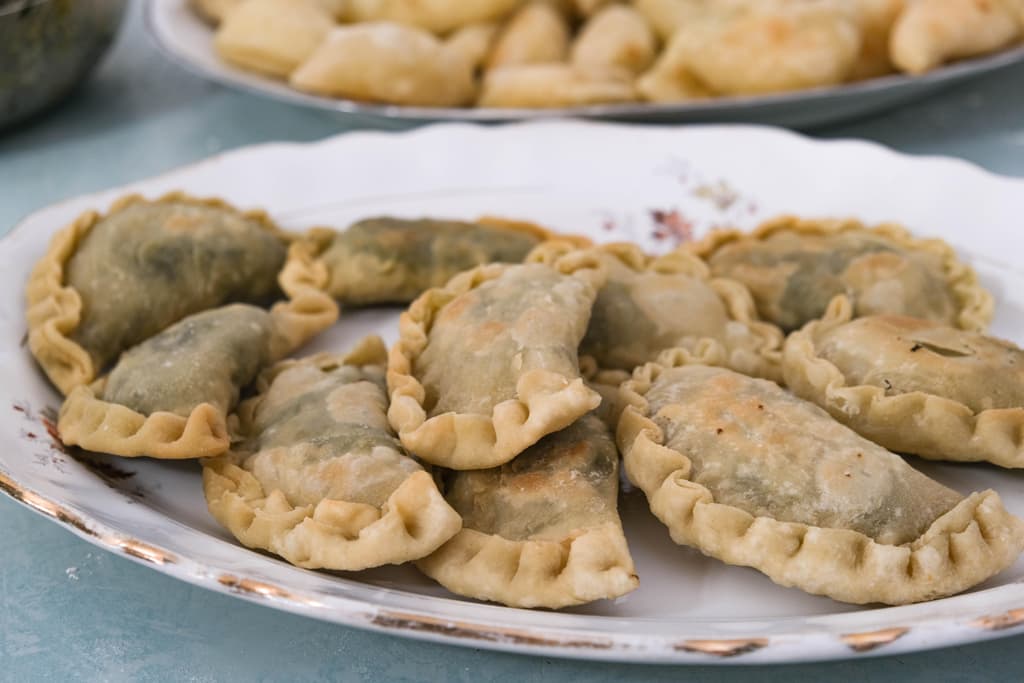
Pies with ‘Yachnera’ Greens
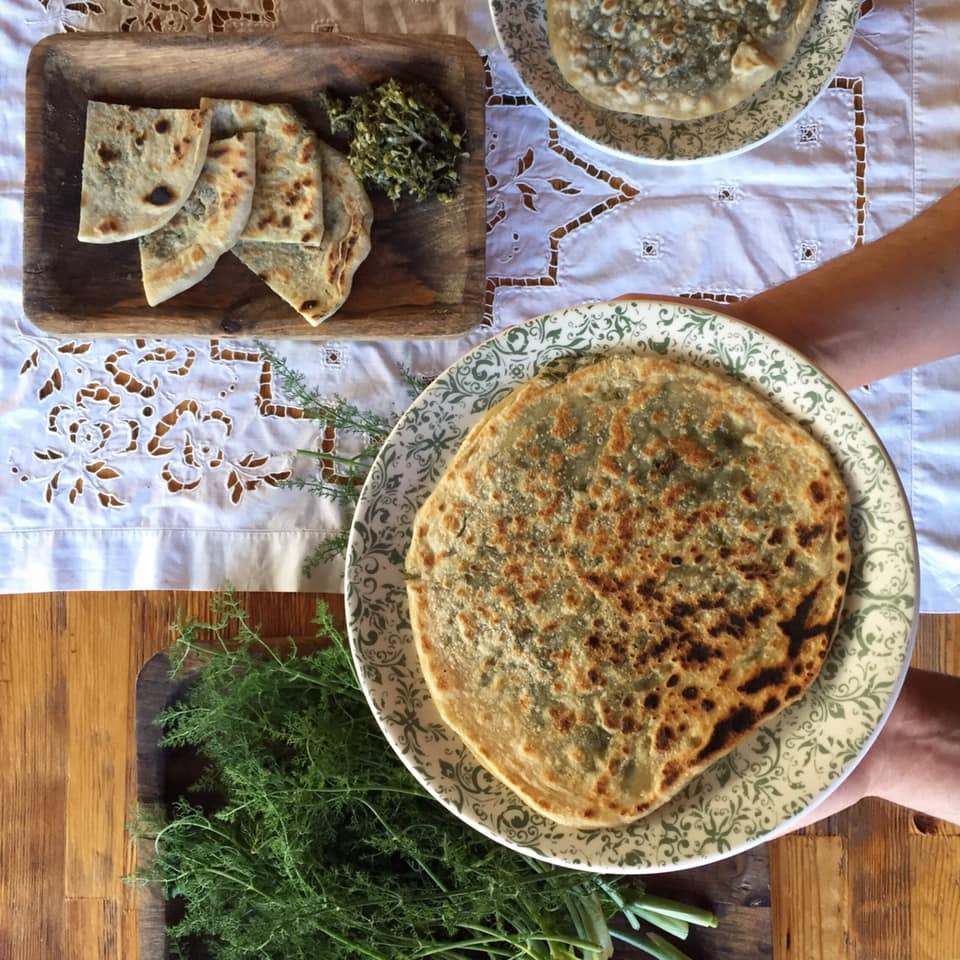
Fennel Pie

Sfakian Pie or Sfakianopita

Biscuits with Sesame Seeds

Sweet Rice Pie or 'Tzoulamas'
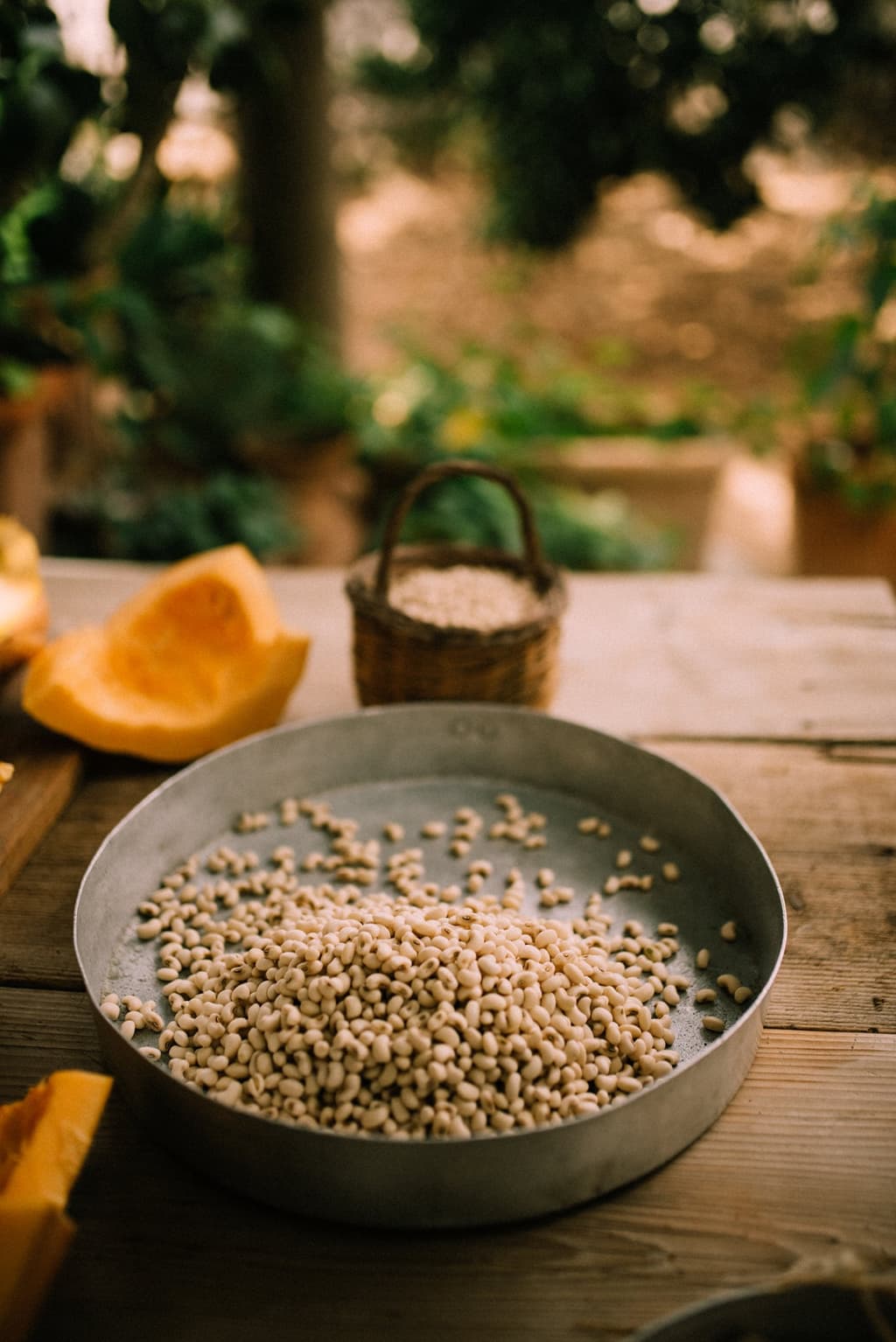
Apostoli White-Eyed Bean
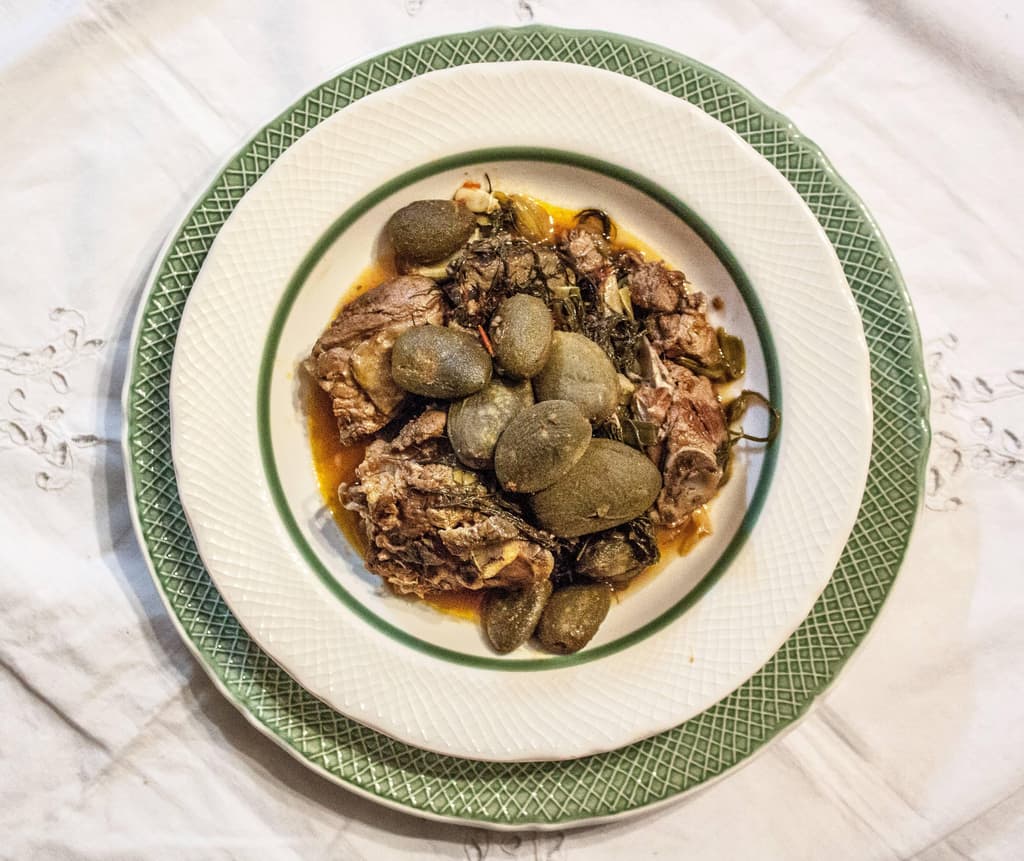
Almond-Infused Goat Dish with Fennel: A Fresh Delight
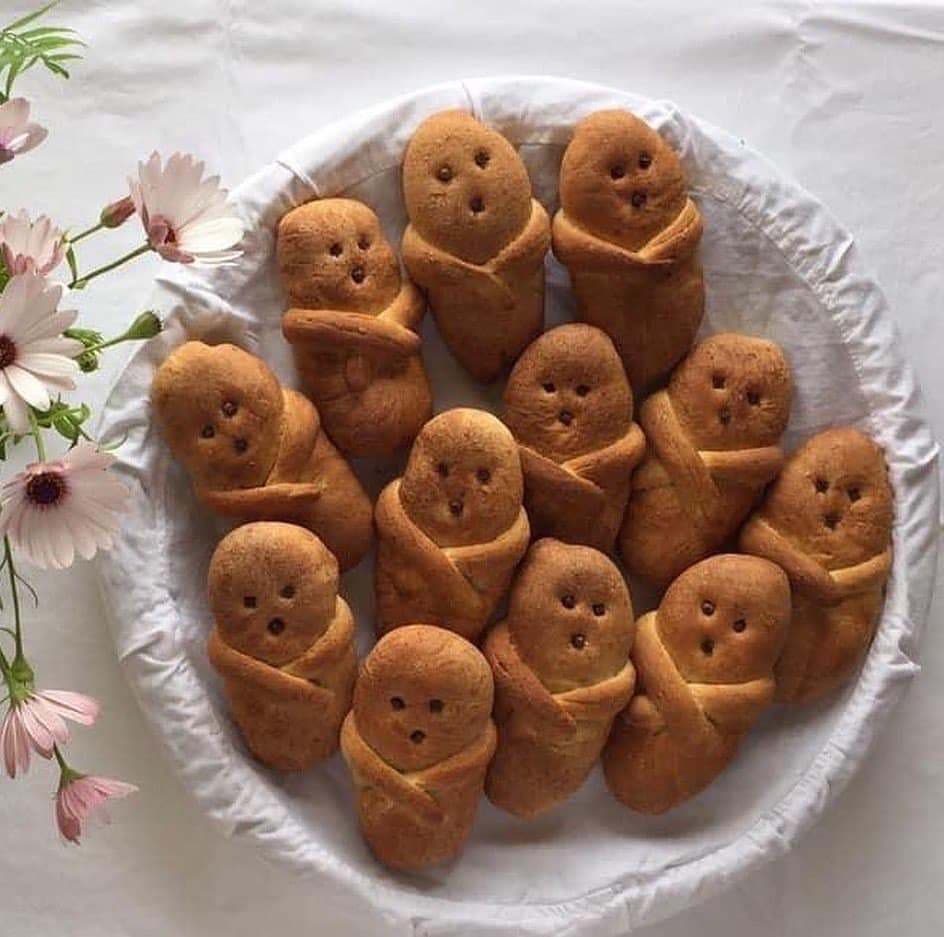
Lazarosavato

The Holy Week Sourdough
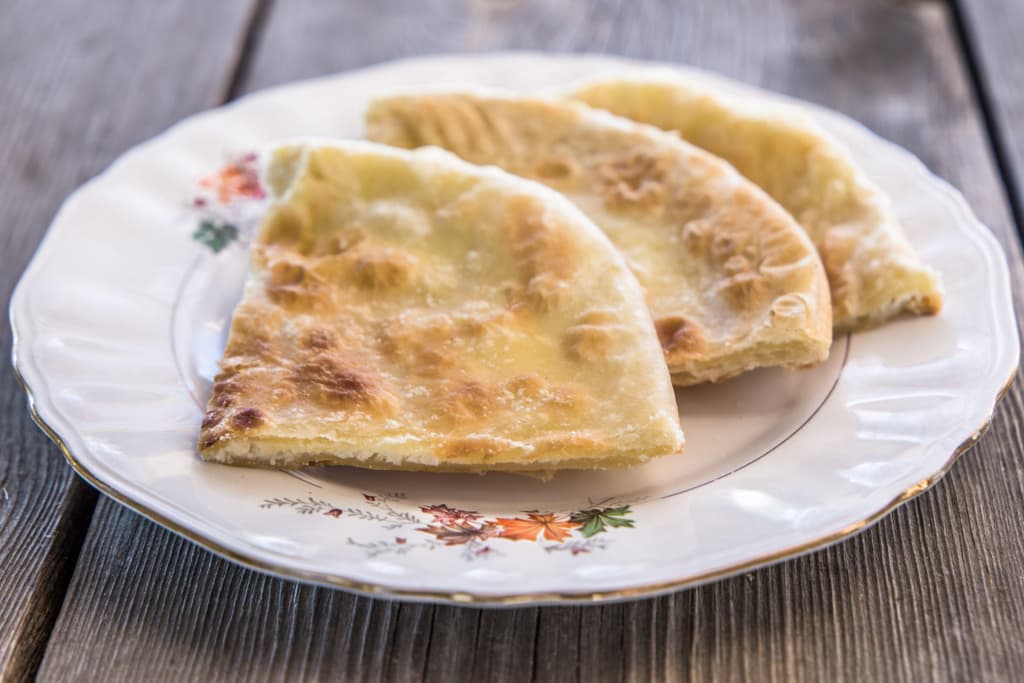
Nerati Mizithropita
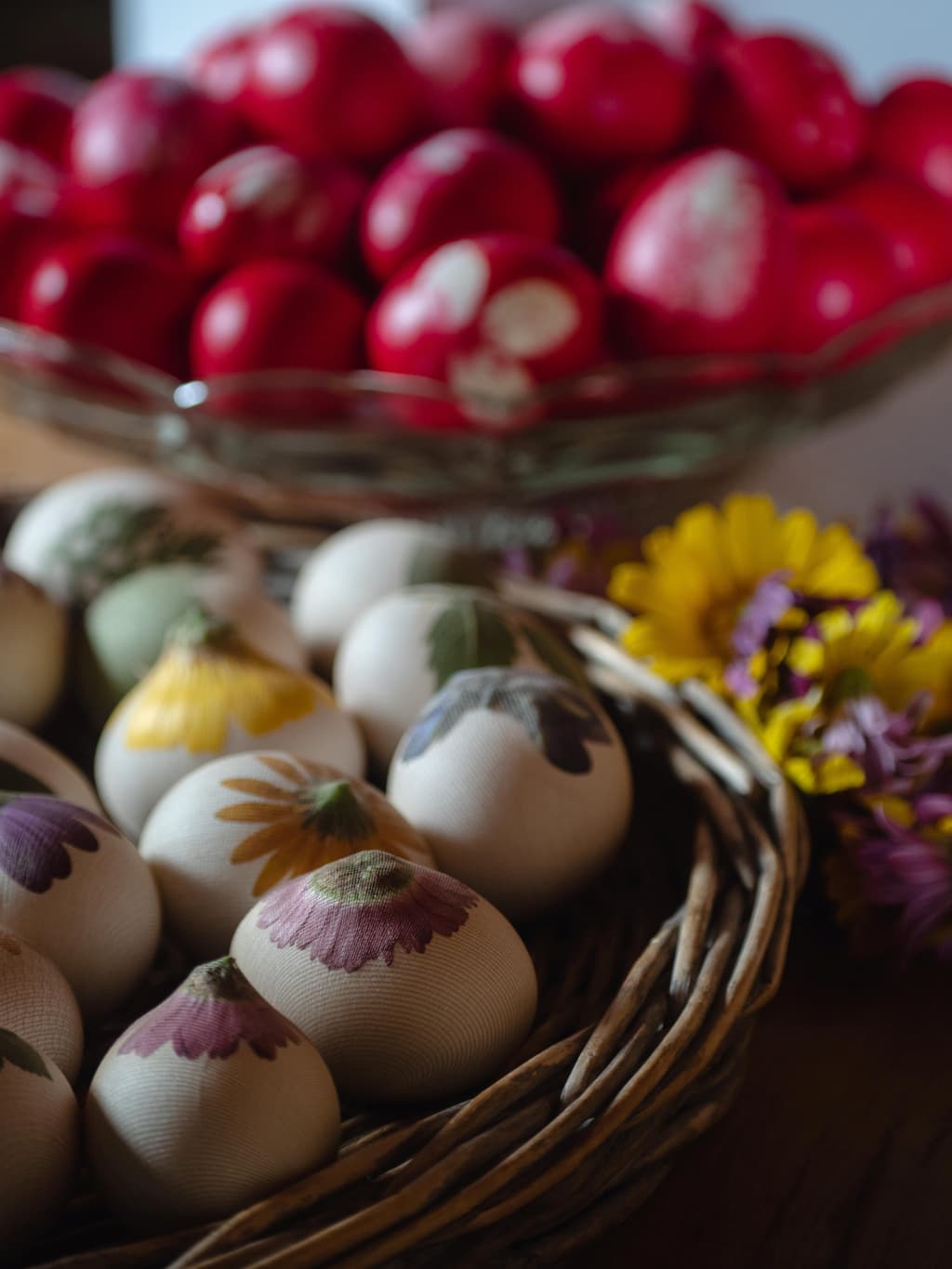
Easter Eggs
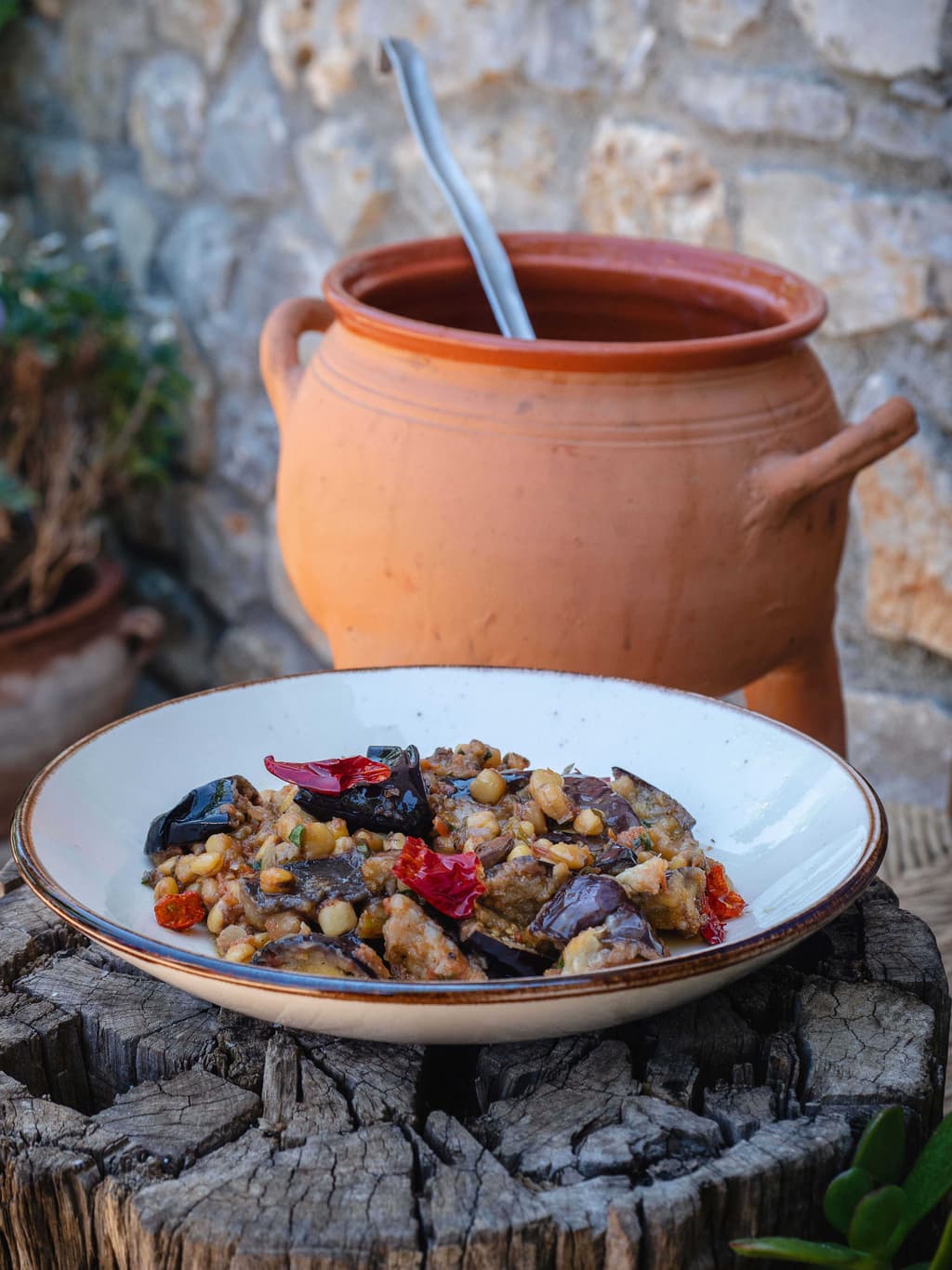
Kalikota
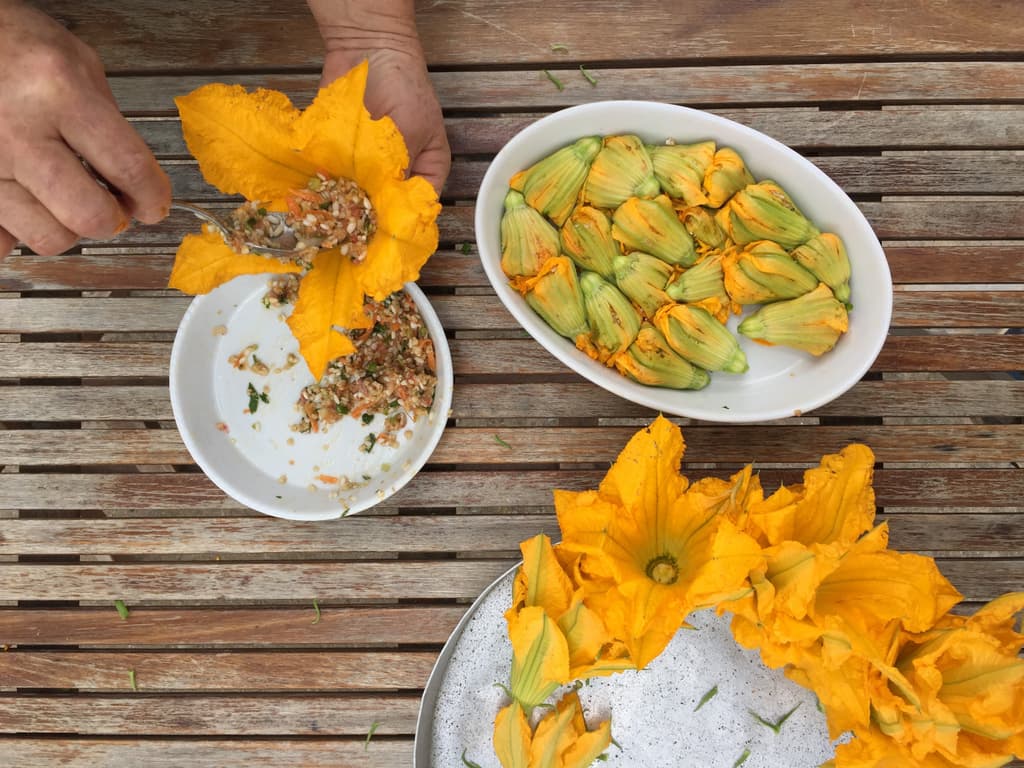
Stuffed Courgette Flowers
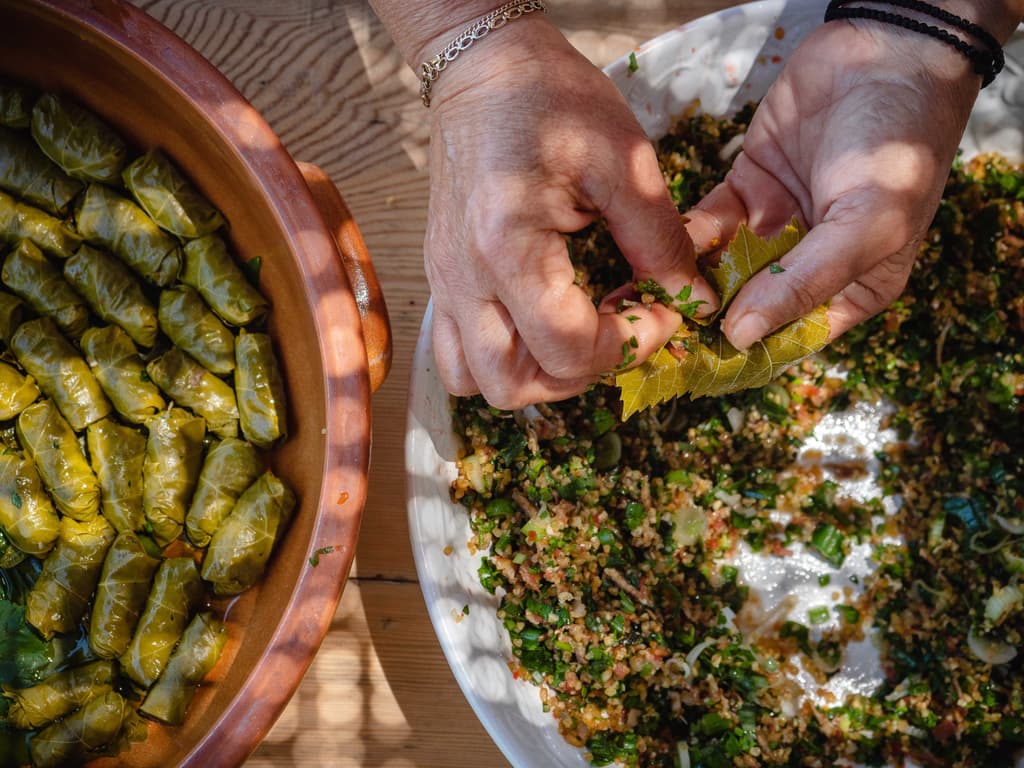
Stuffed Vine Leaves

Cracked Wheat and Snails
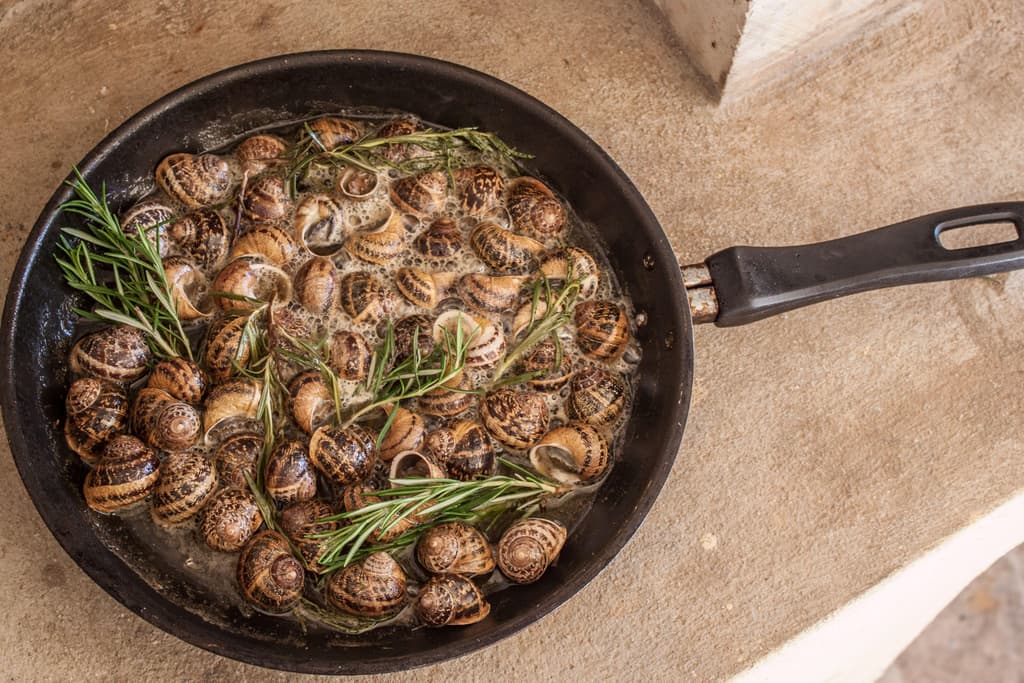
Chochli Boubouristi (Snails Face Down)
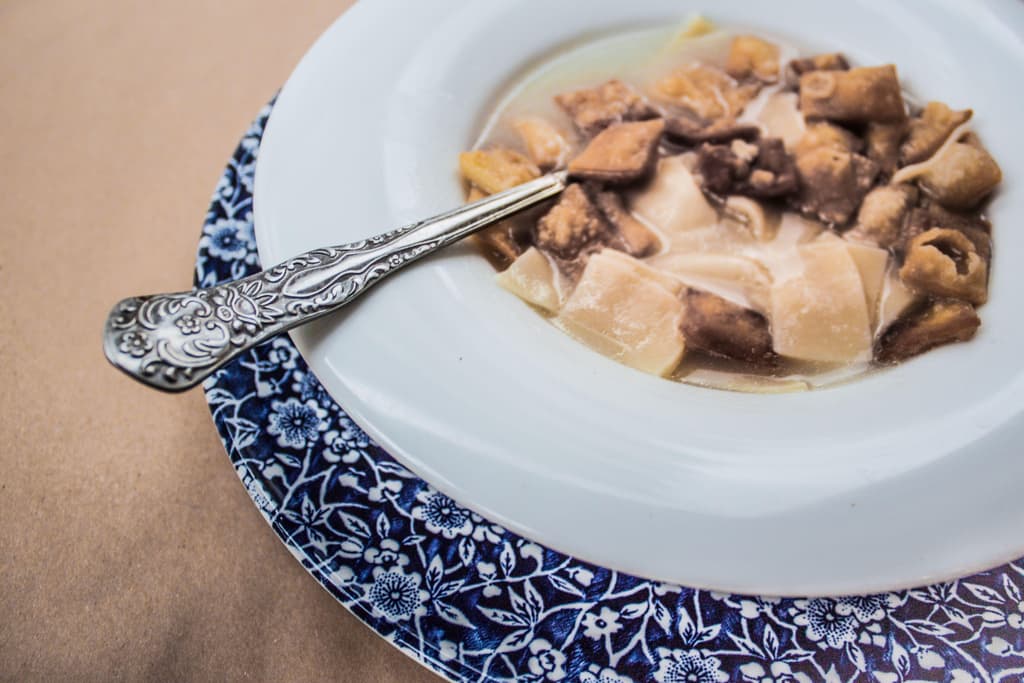
Mangiri
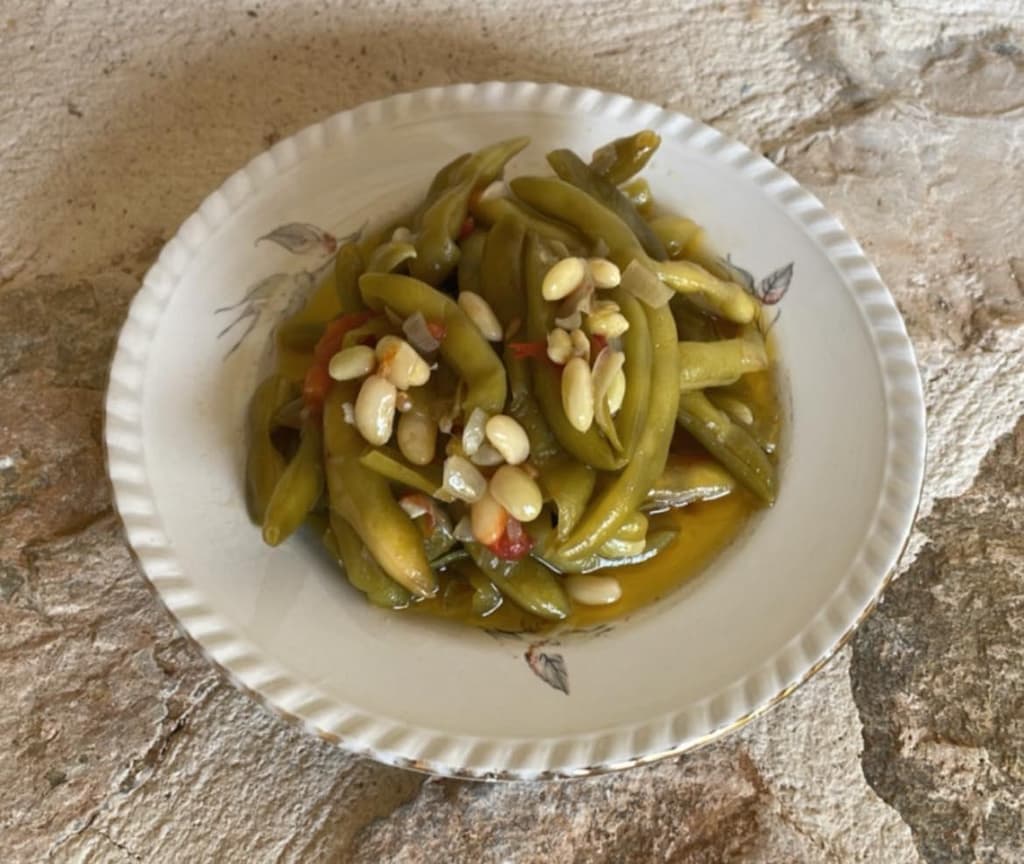
Symian Bean
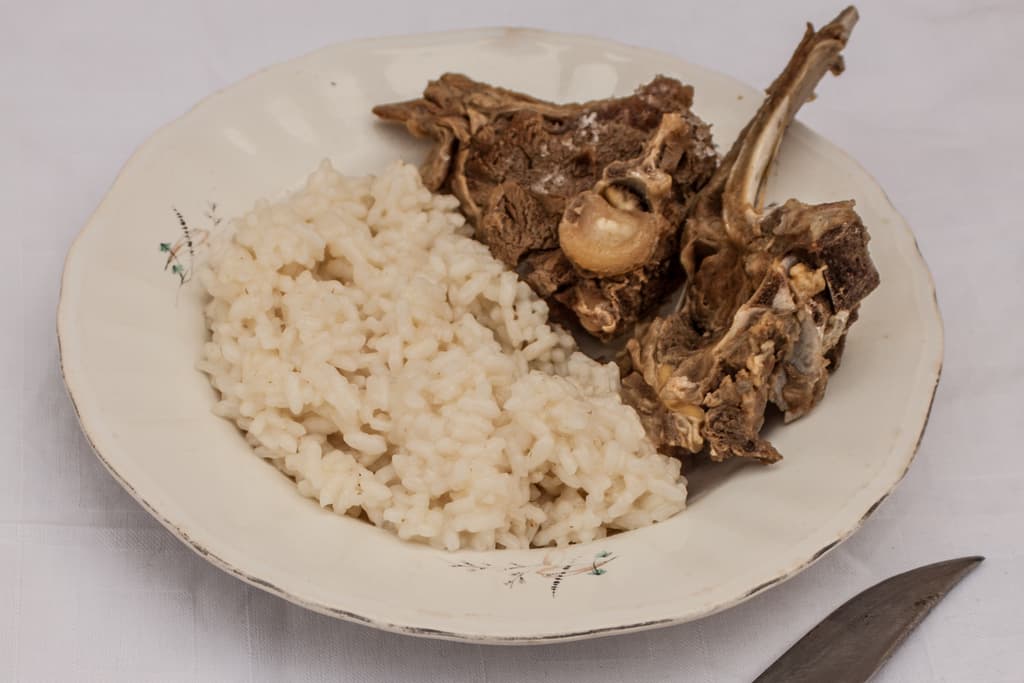
Cretan Pilaf
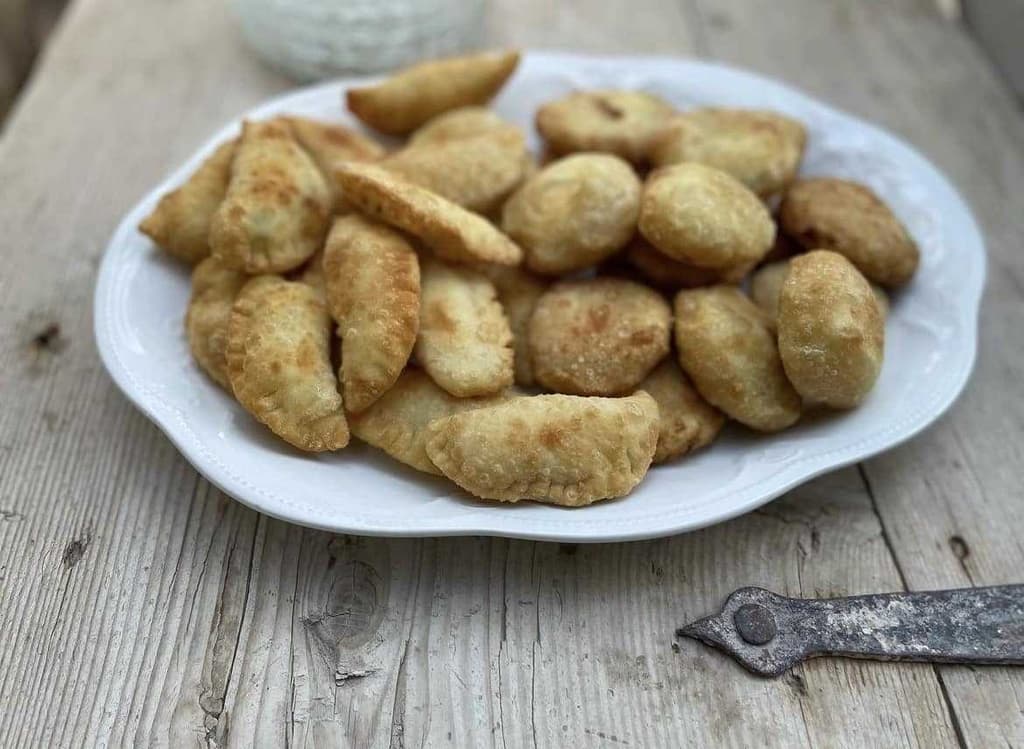
Rethymno Water Pies
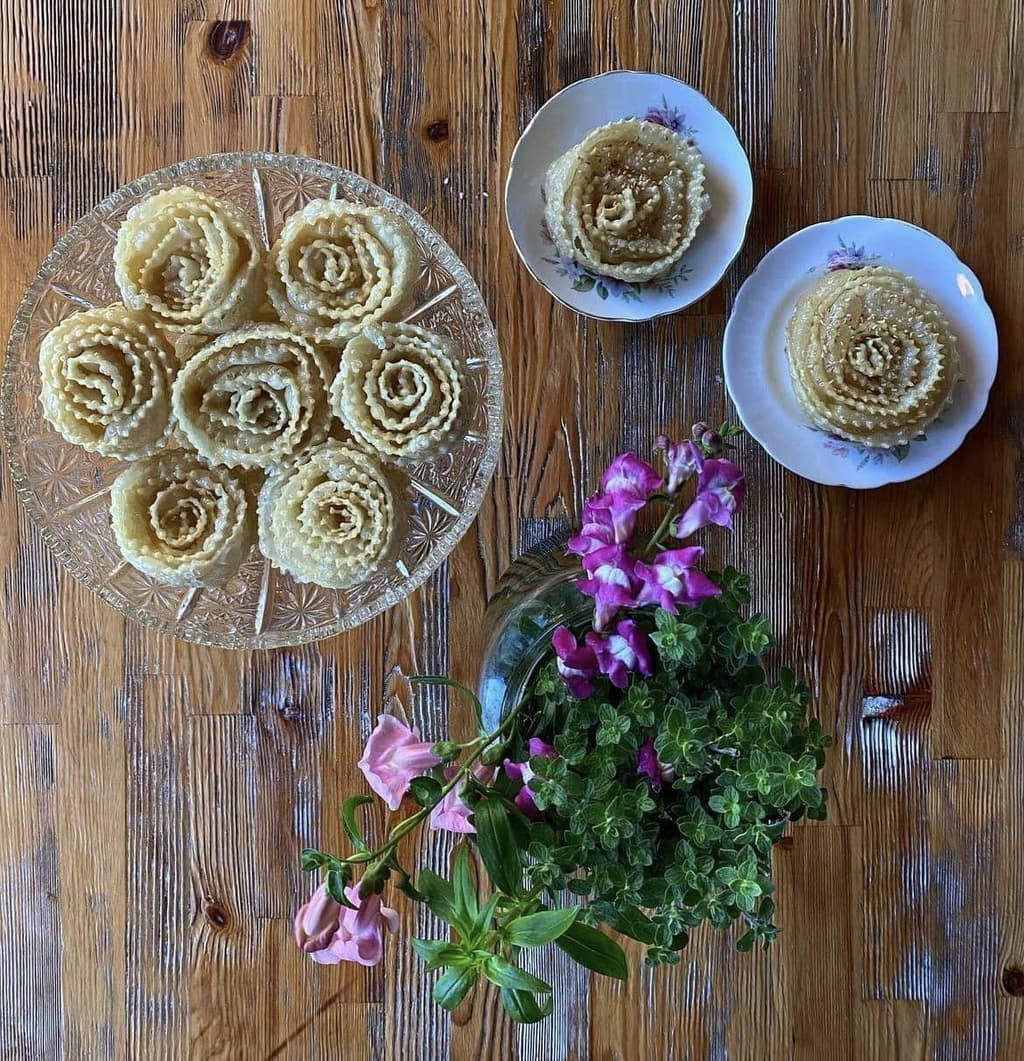
Xerotigana
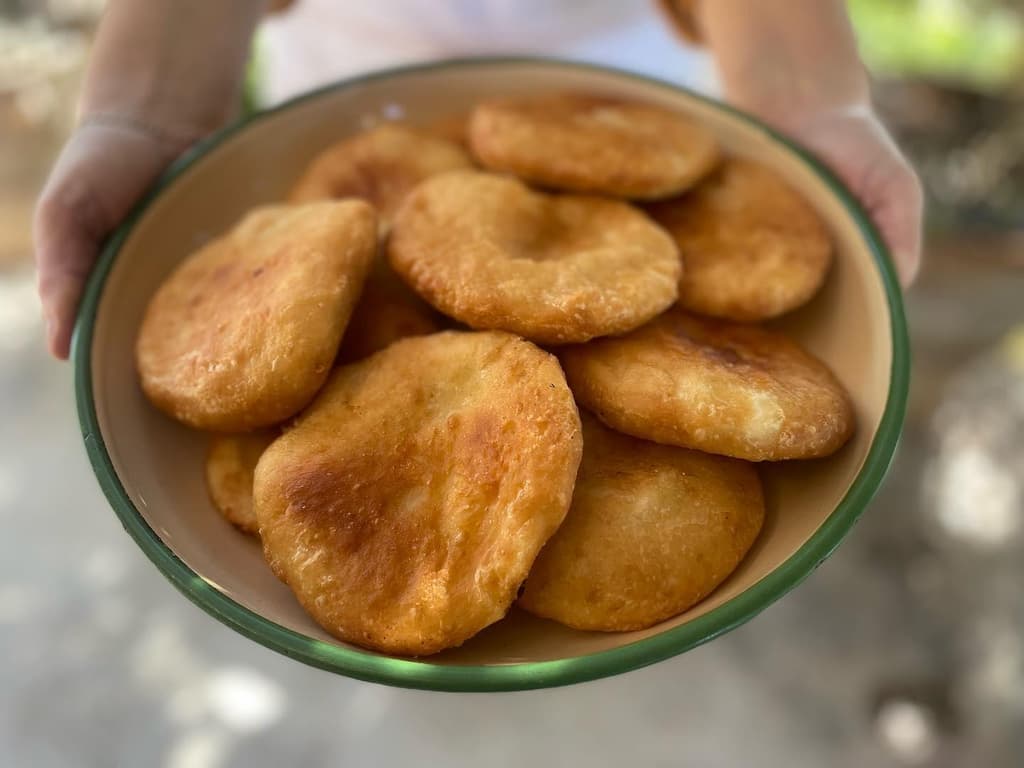
Agnopites
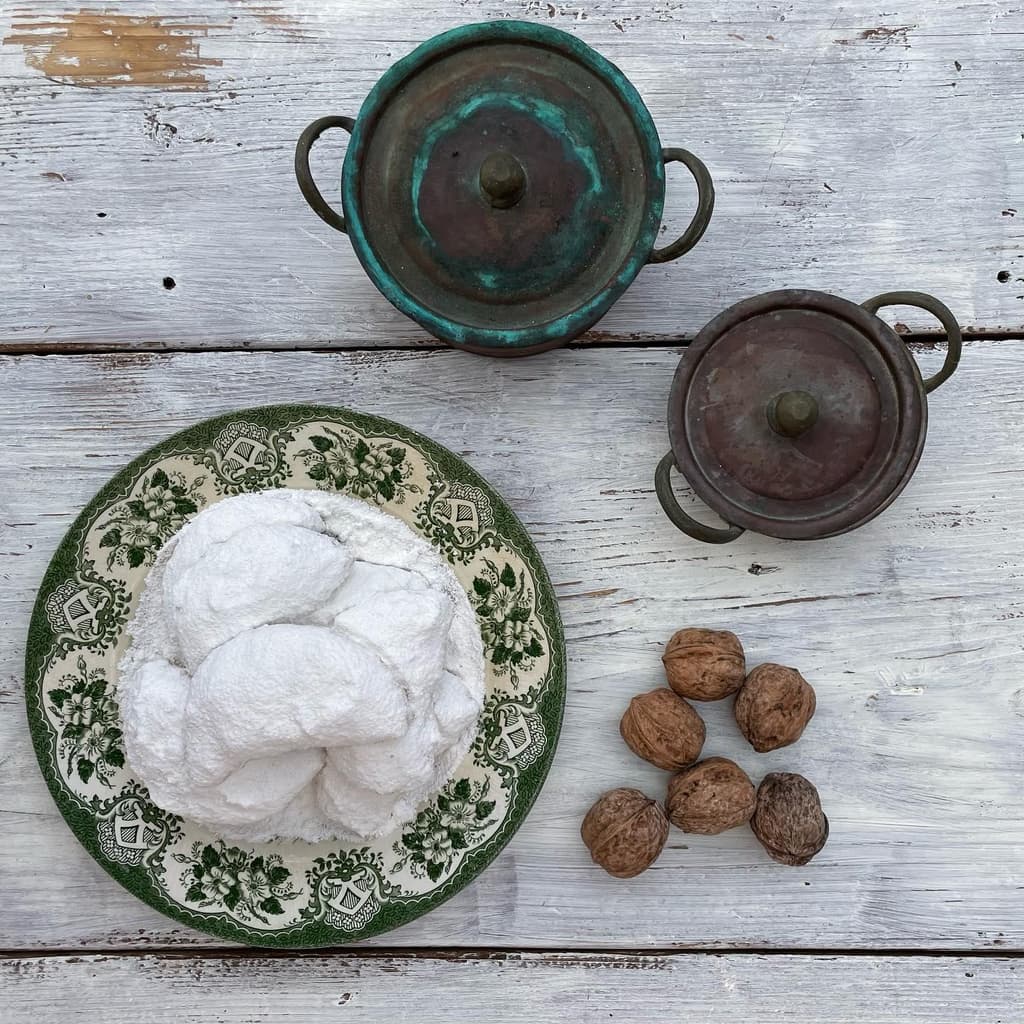
Patoudo

Safidota

Kakavia (Fish Soup)
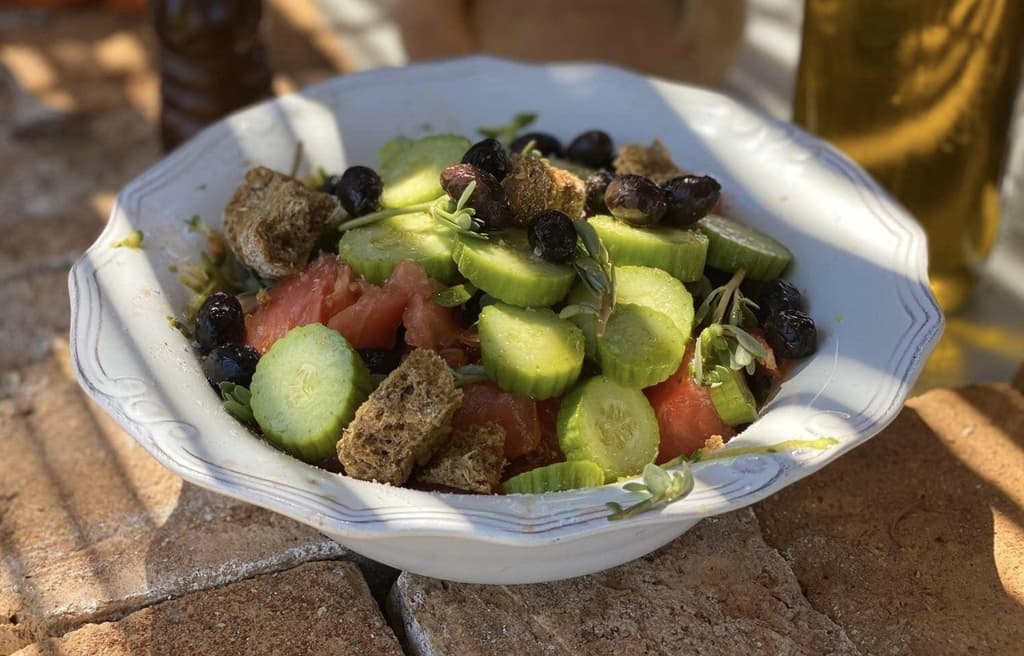
Cretan Greek salad

The Sweet Bounty of the Cretan Harvest
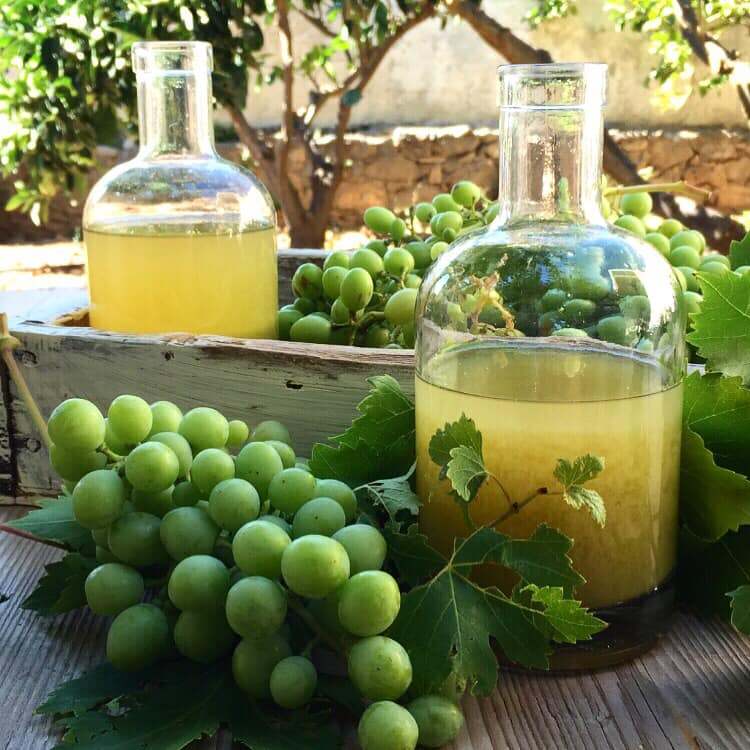
Okra and Unripe Grape
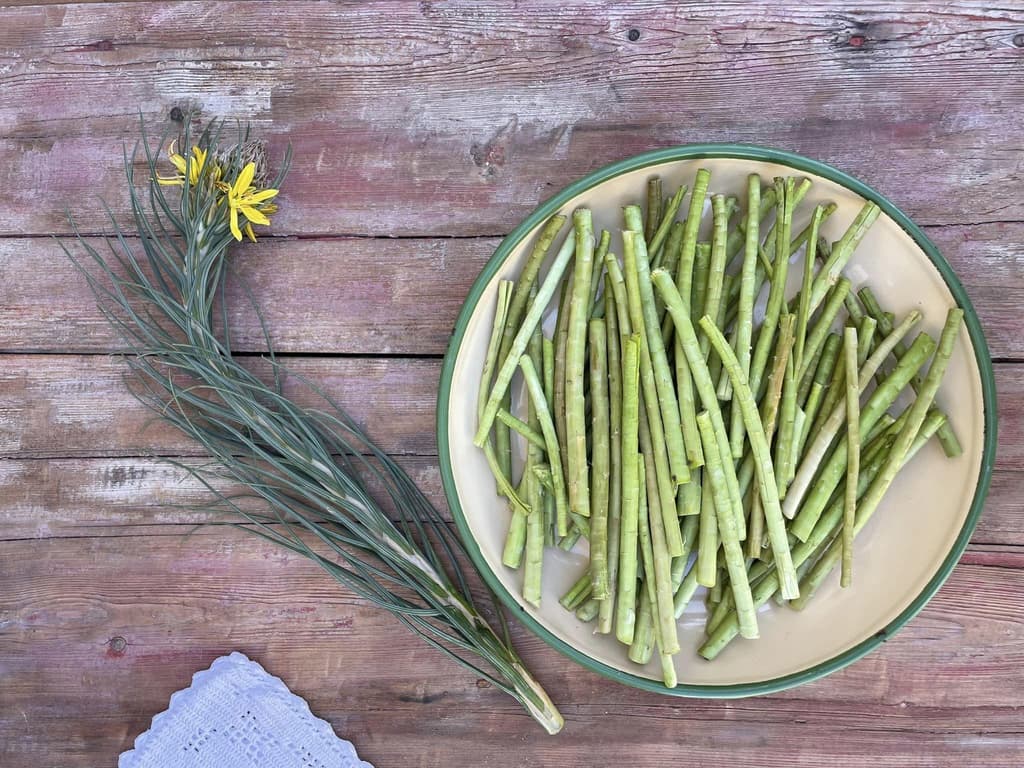
Discovering and Cooking Asphodelaceae: A Taste of Local Cuisine
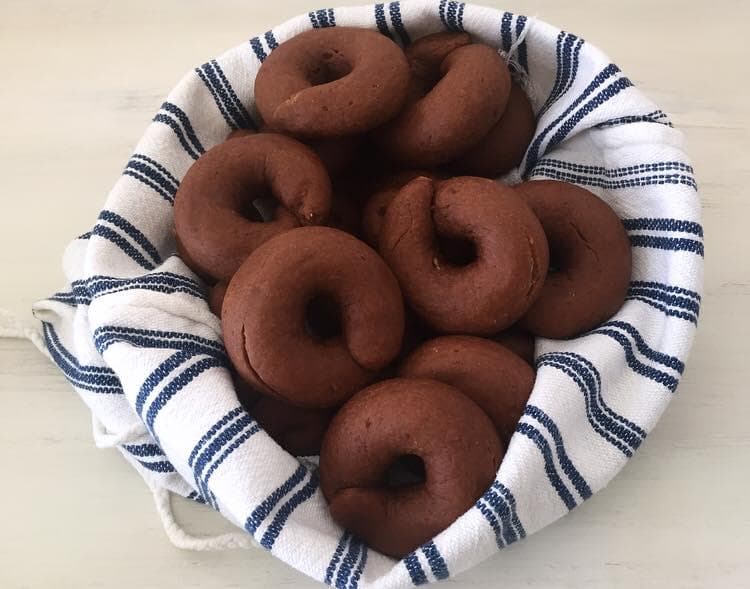
Moustokouloura
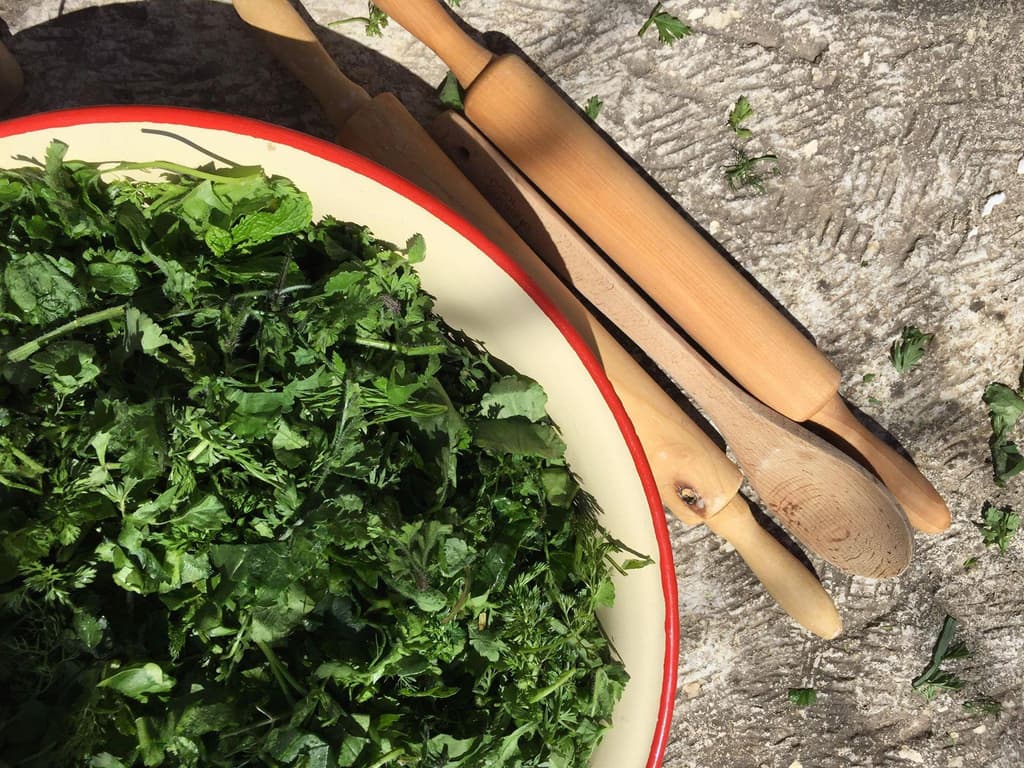
Pie with 'Yachnera' Greens: Baked to Perfection

Pumpkin Stifado
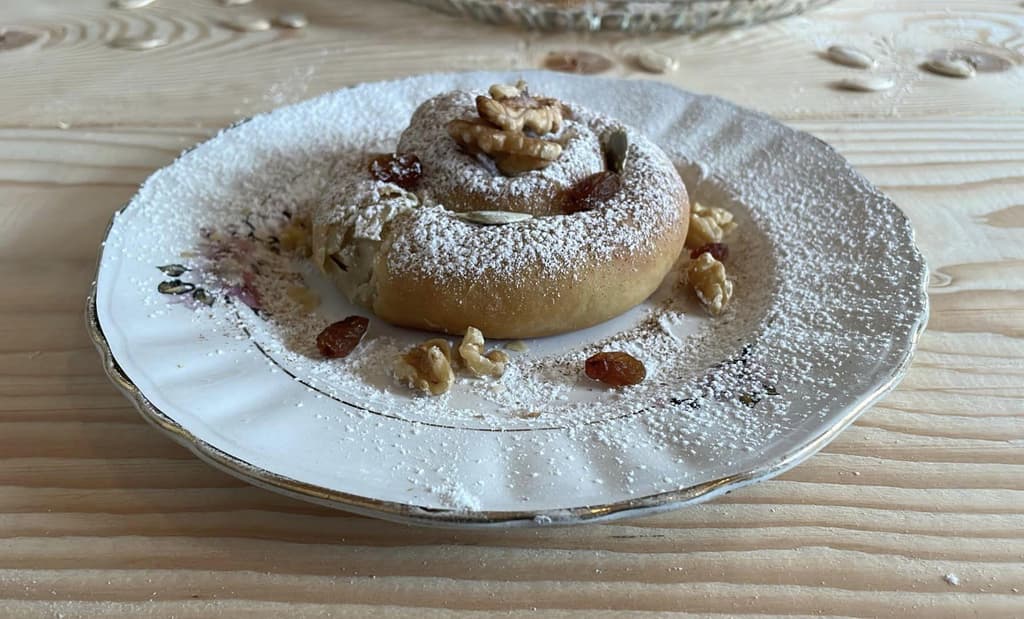
Sweet Pumpkin Pies with Raki Leaves (Oven)
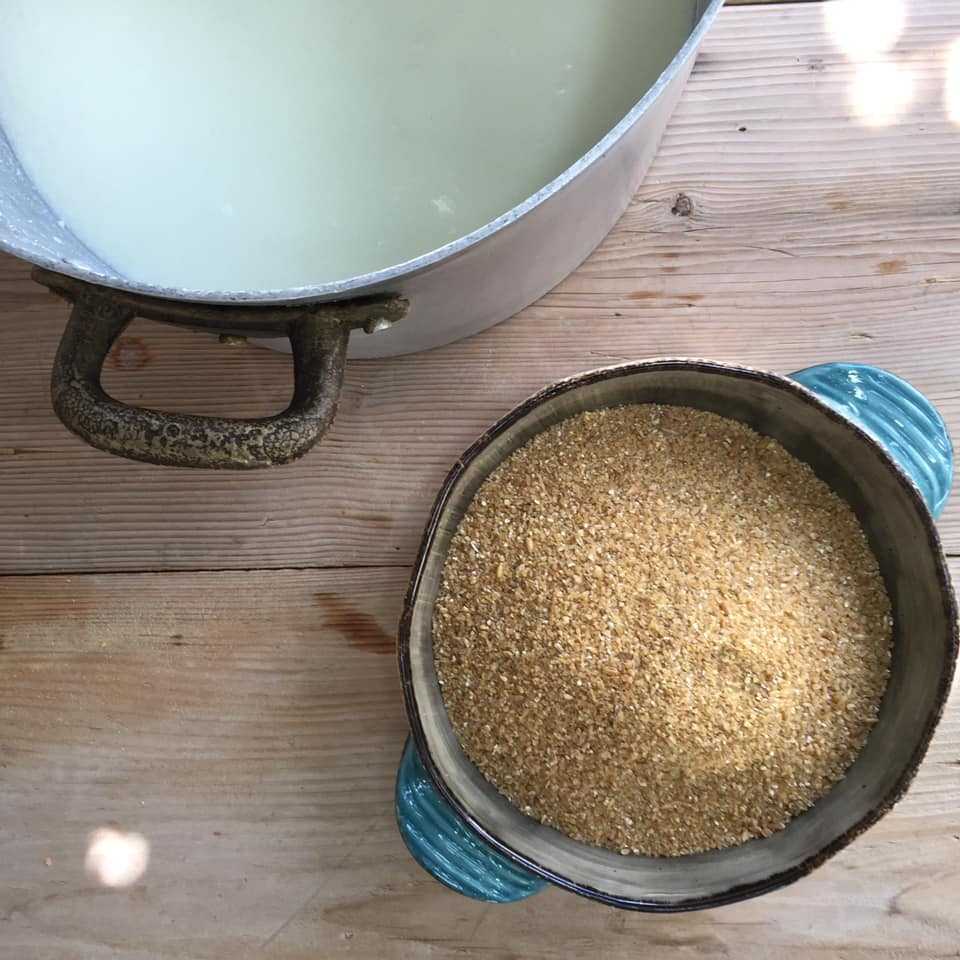
Xinochondros: Sour Bulgur Pasta
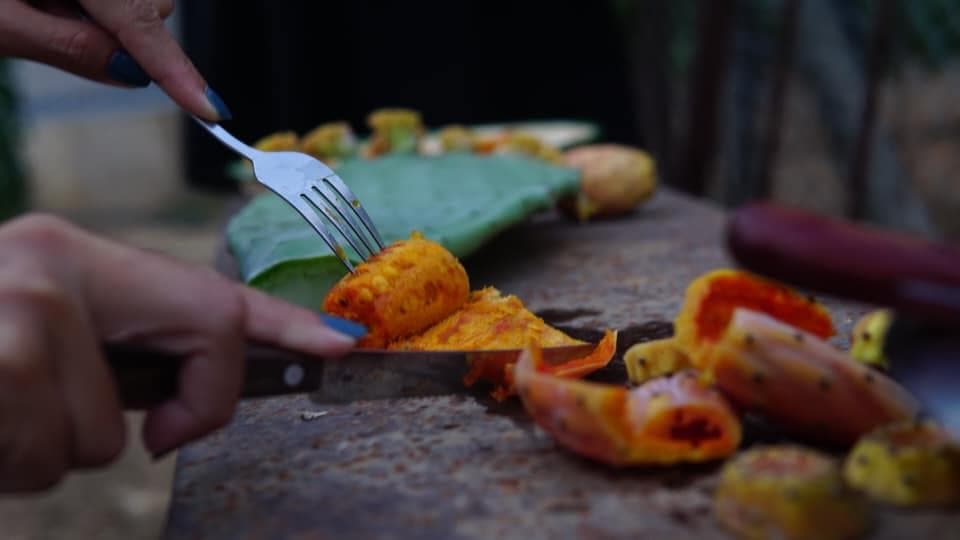
Prickly Pear or Indian Fig
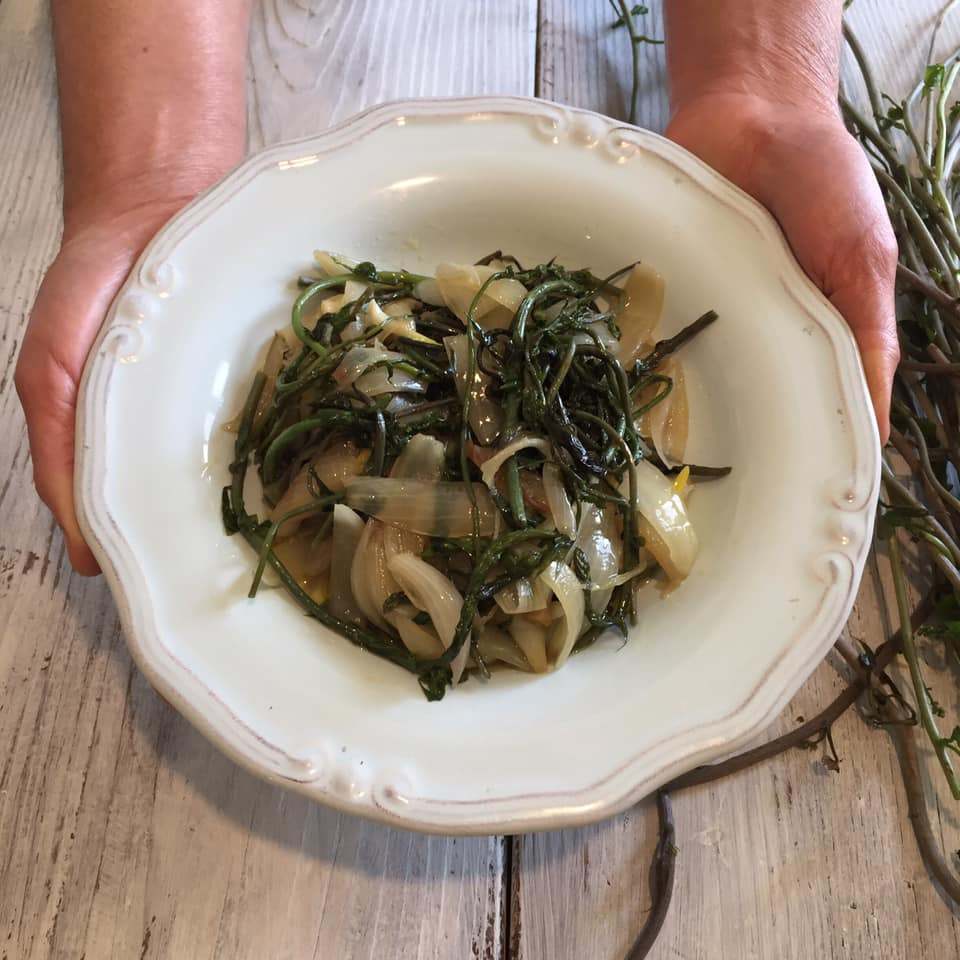
Black Bryony

Tahini Soup without Oil
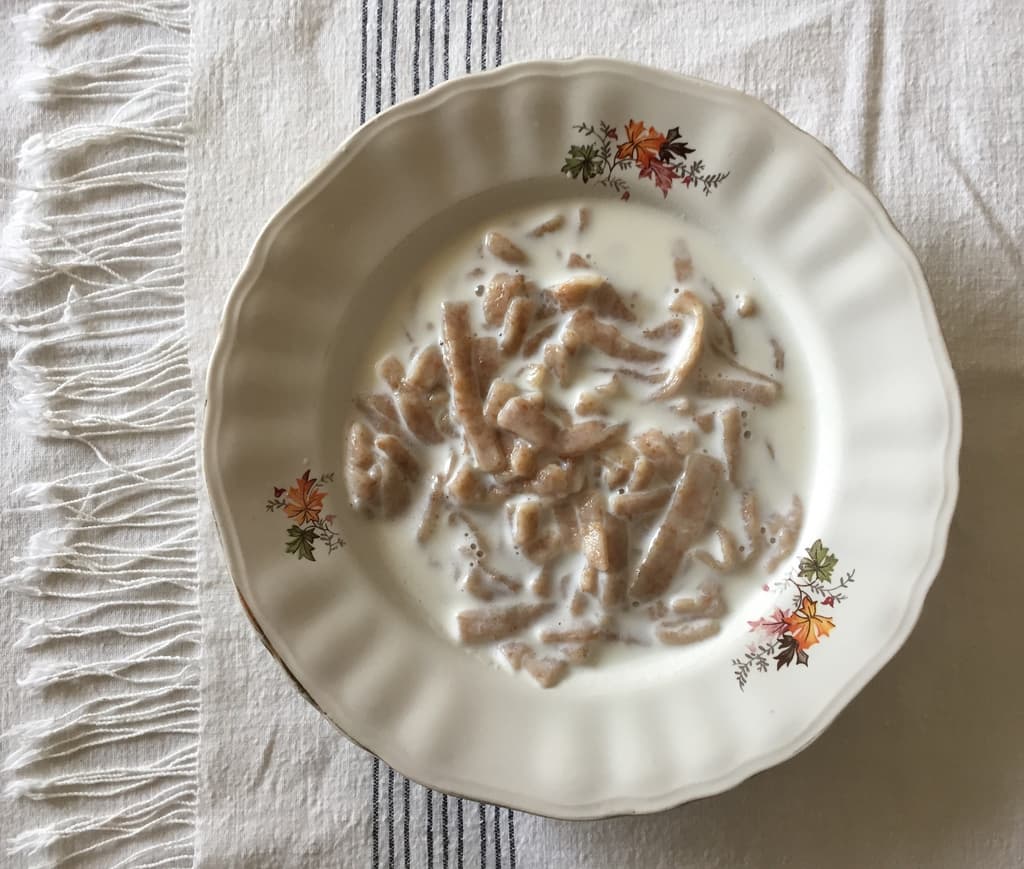
Chylofta with Milk
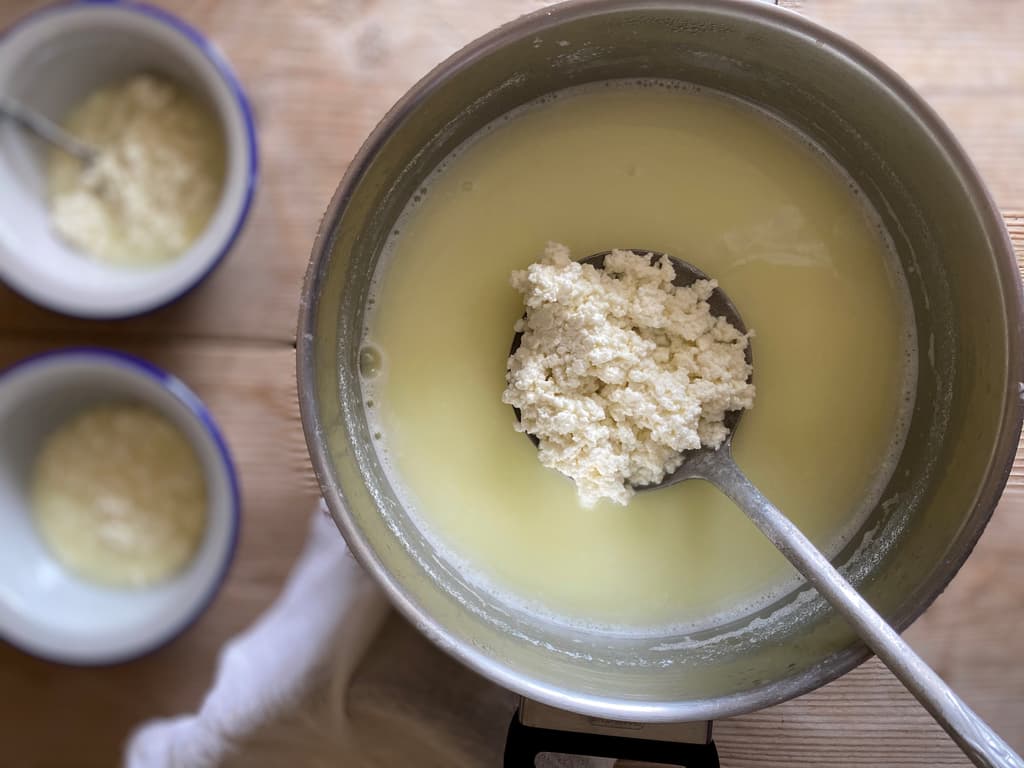
Tyrozouli or Cretan Home Cheese
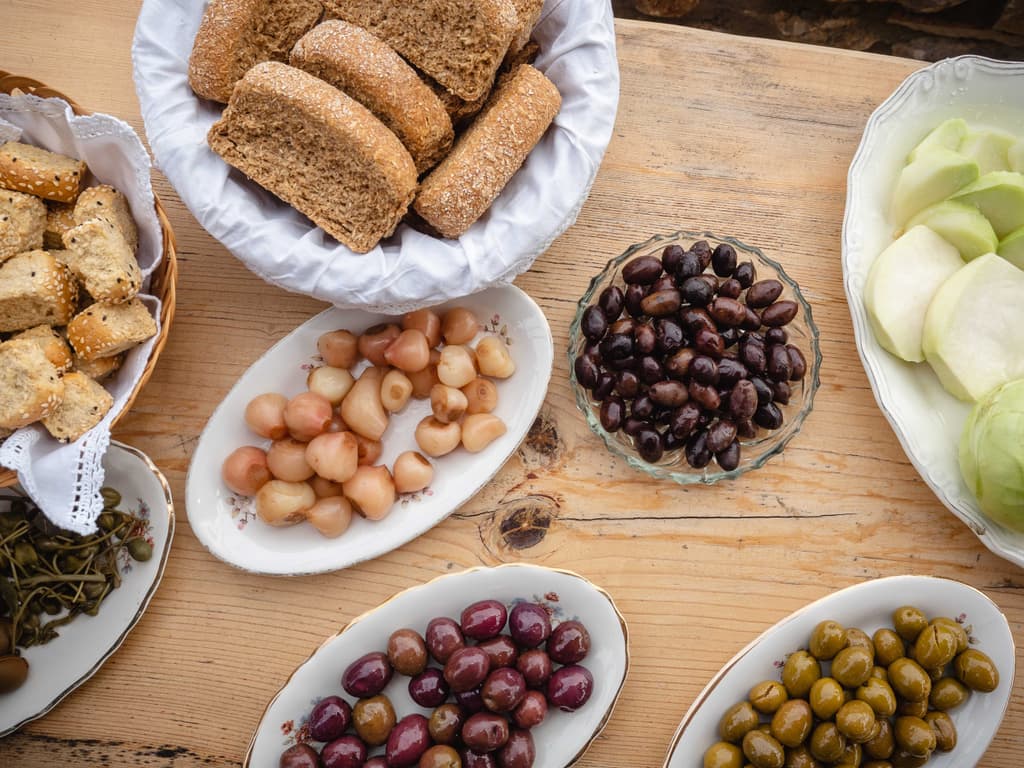
Pickled Tassel Hyacinth

Sourdough Dagoulakia
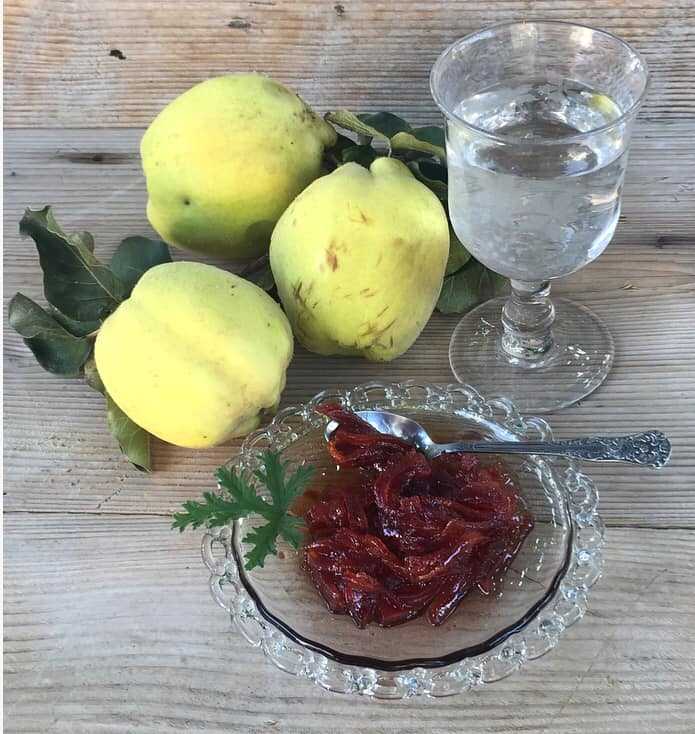
Quince Confection

Delicious Homemade Treat with Lemon Blossoms
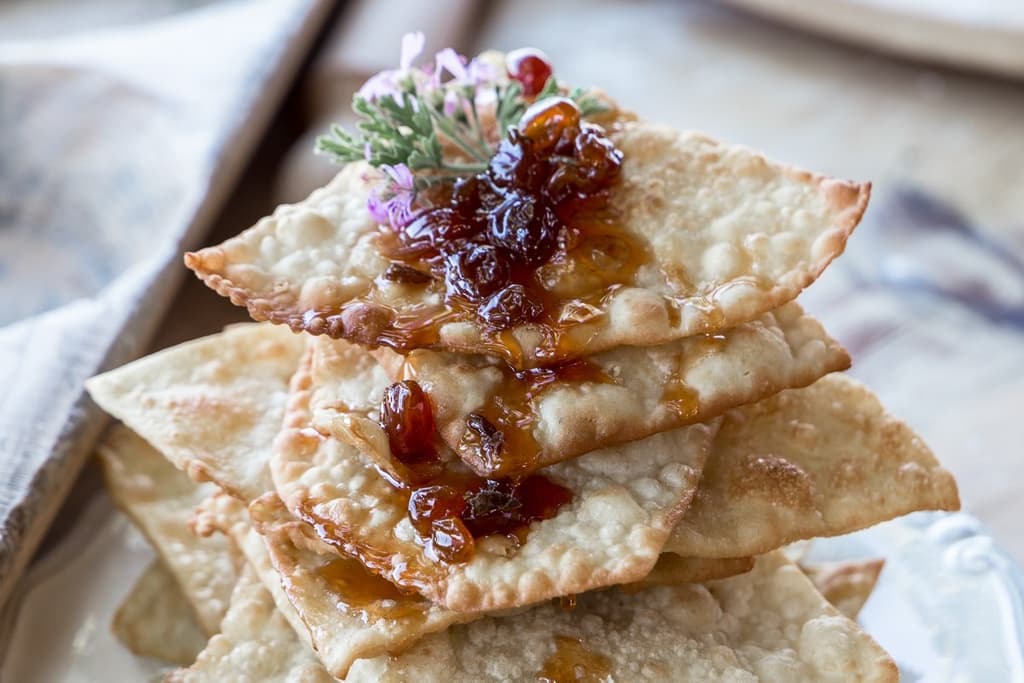
Tiganopites: Greek Fried Pies

Dietary Practices in 17th Century Crete
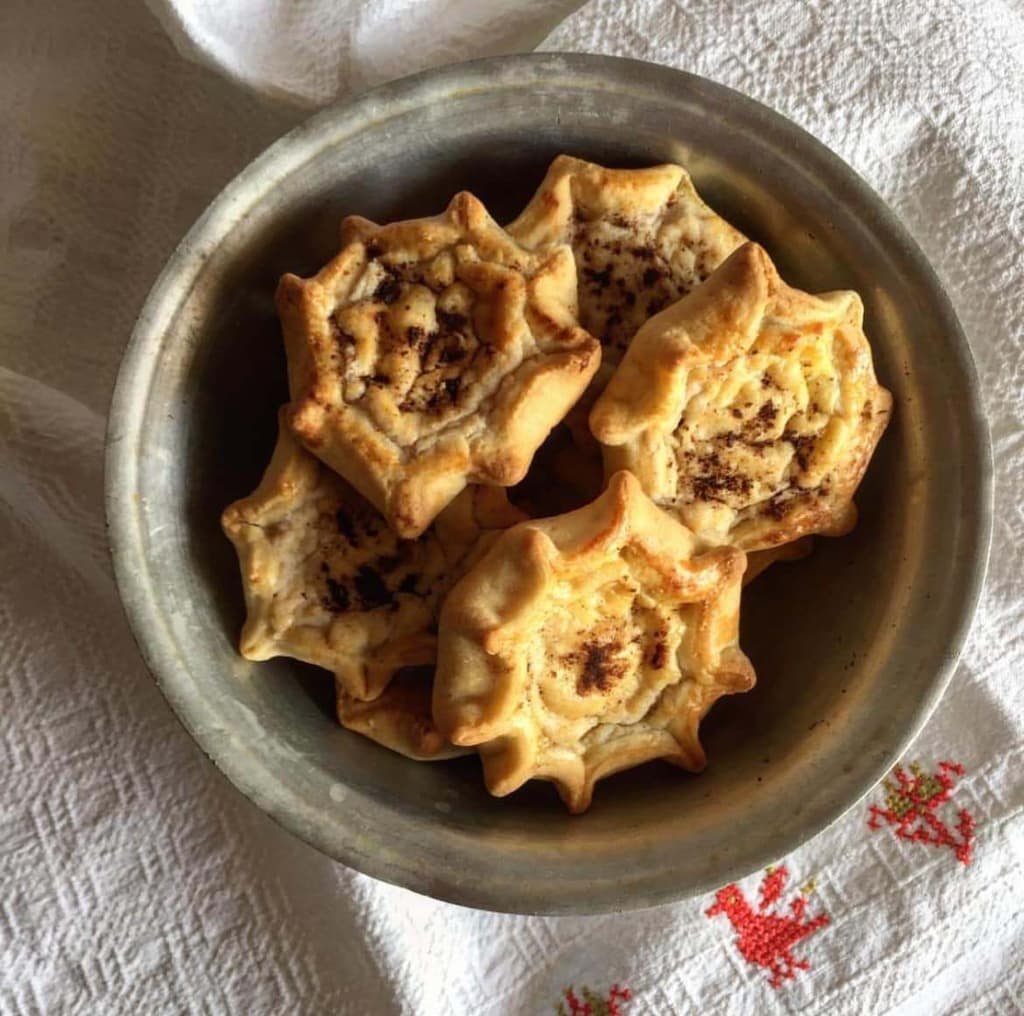
Lychnarakia
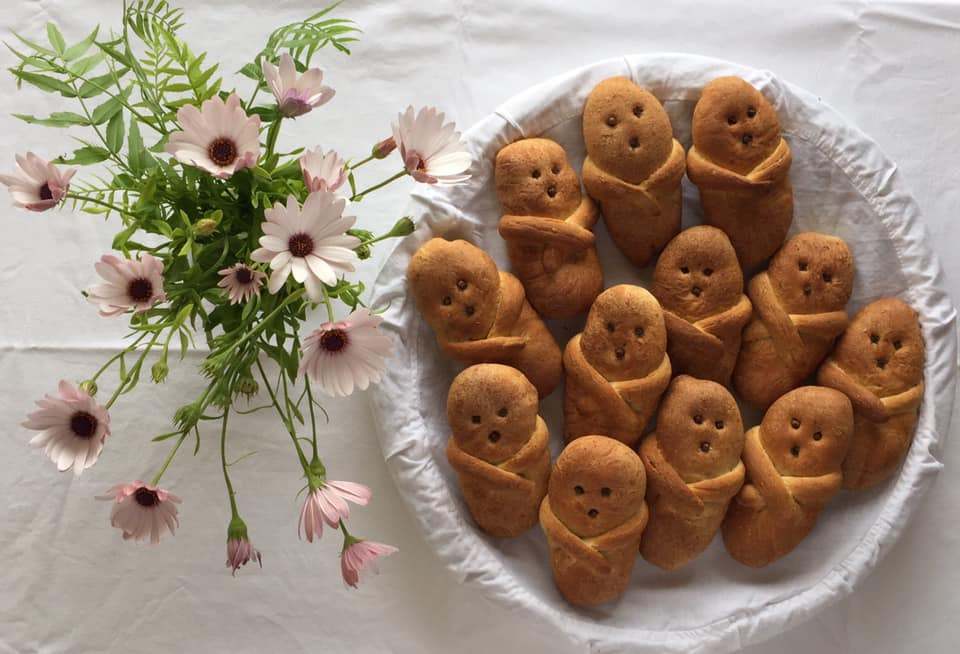
Lazarakia
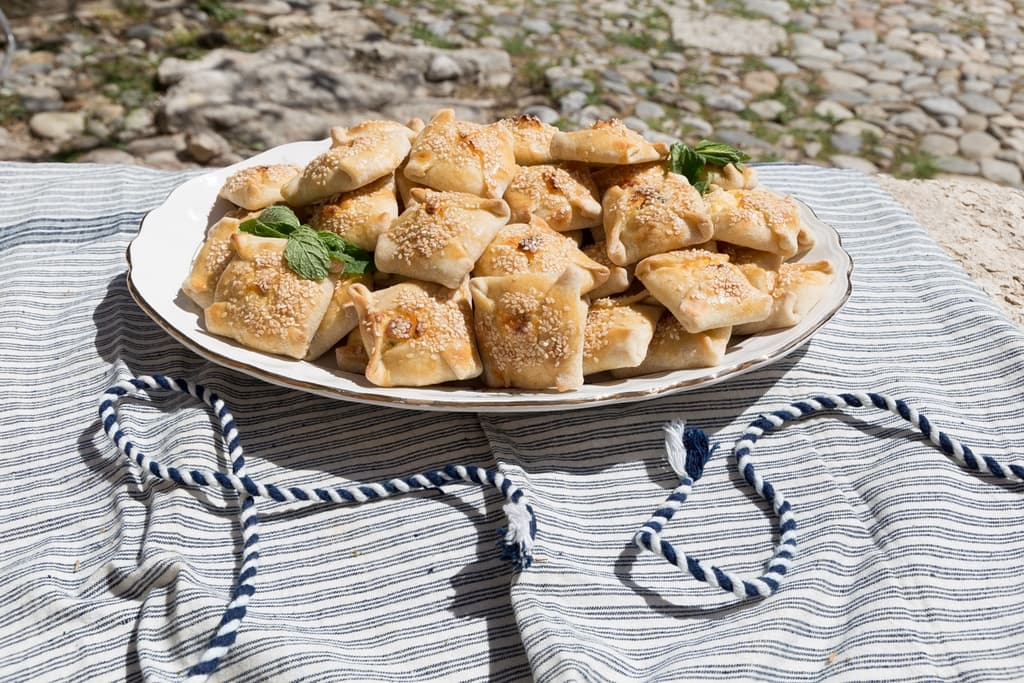
Kalitsounia from Chania
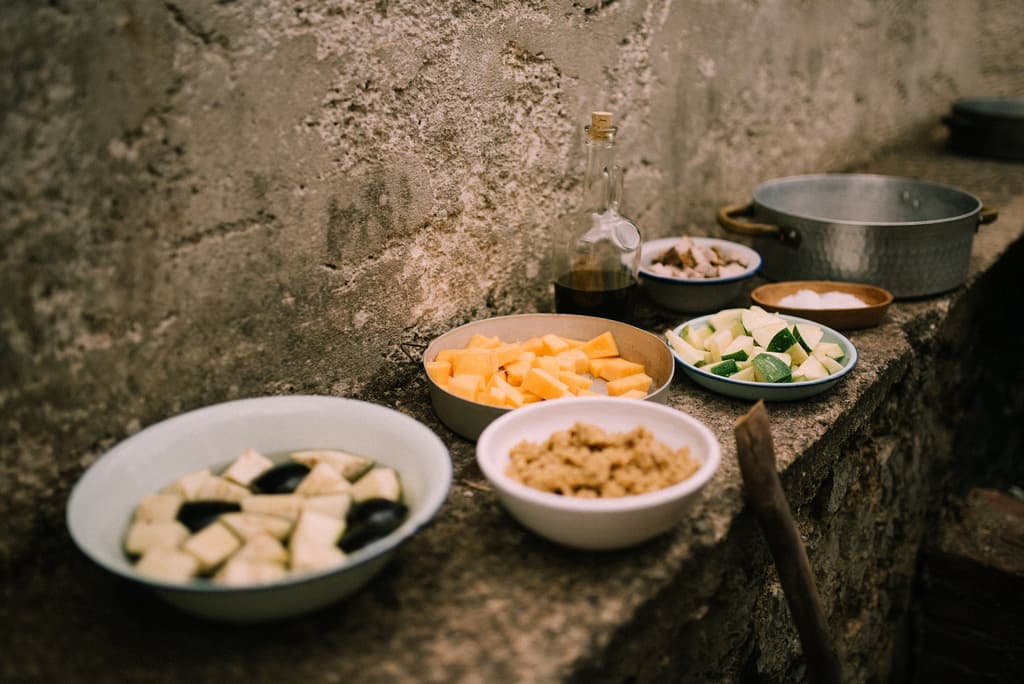
Apaki with Xinohondros and Vegetables
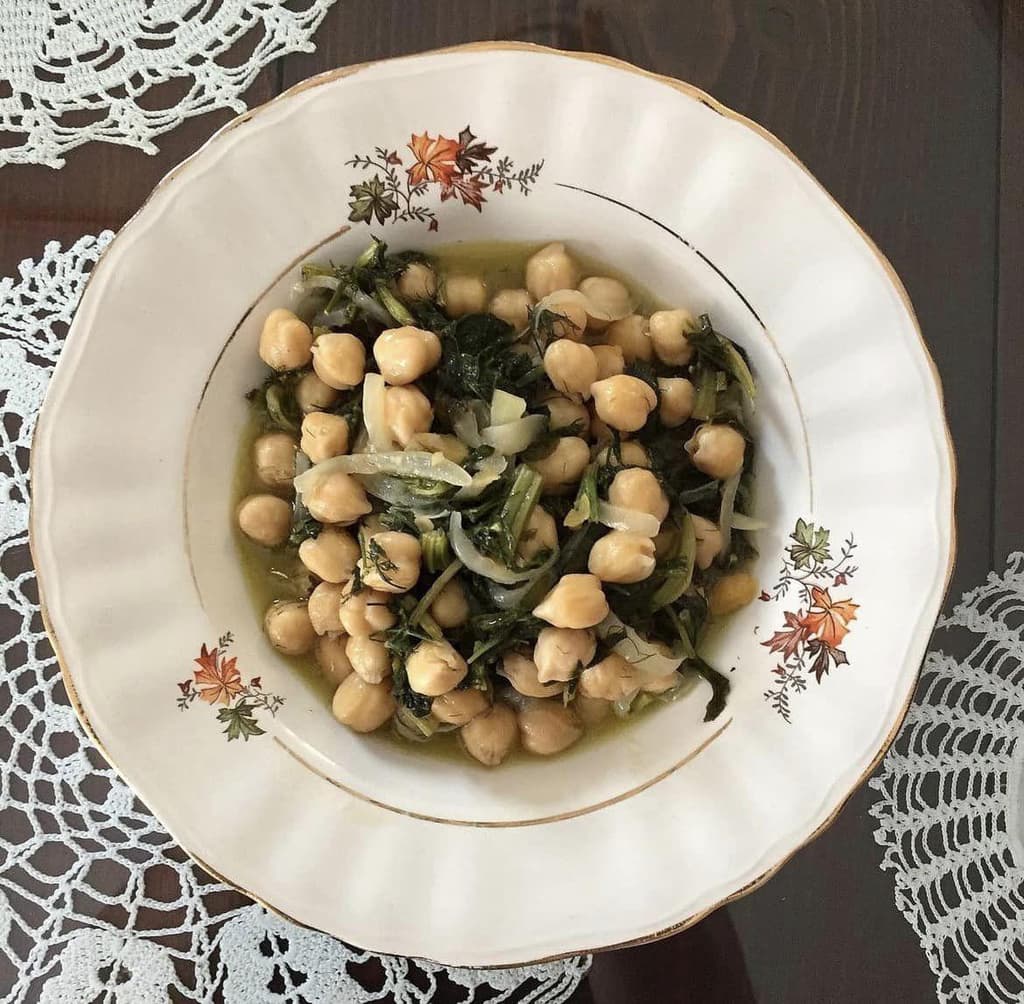
Chickpeas with Yachnera: A Delightful Dish
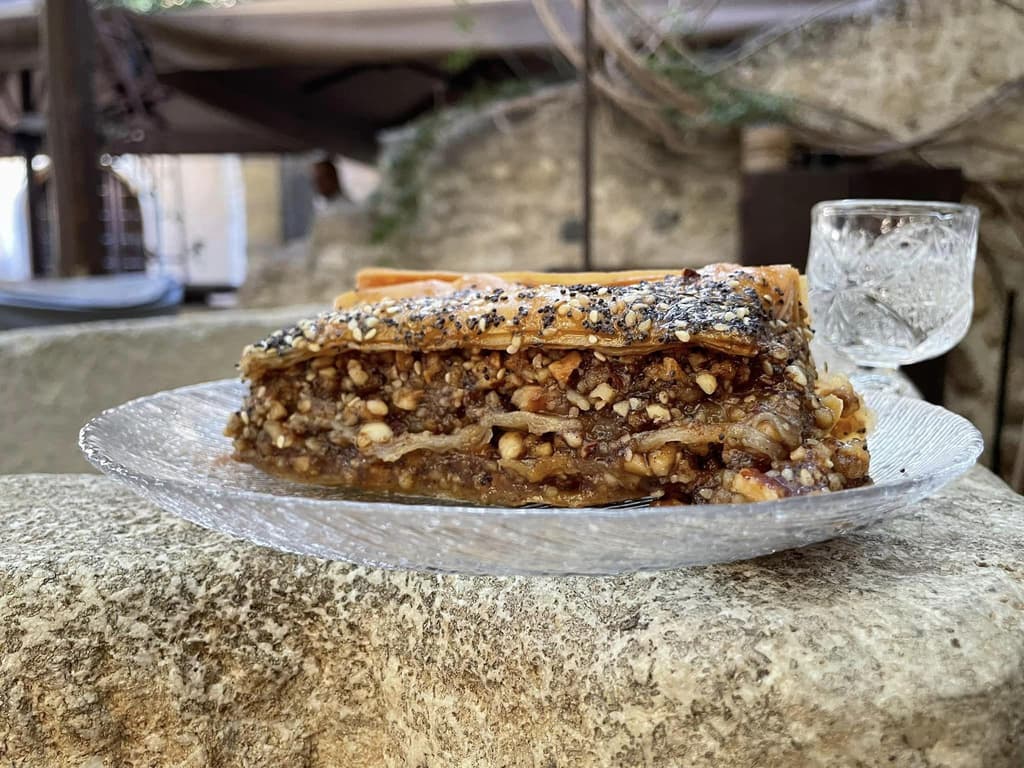
Gastrin
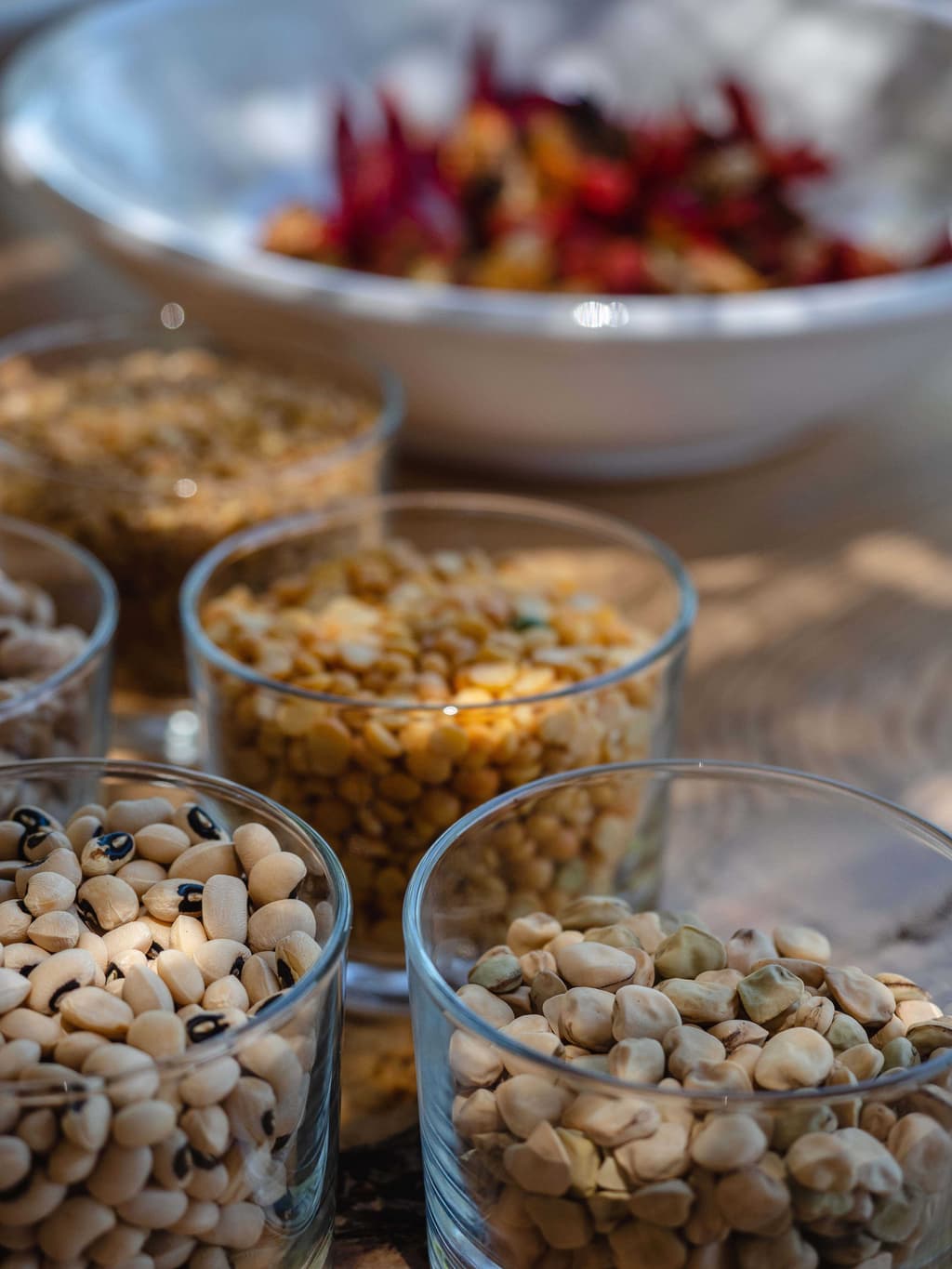
Fotokollyva
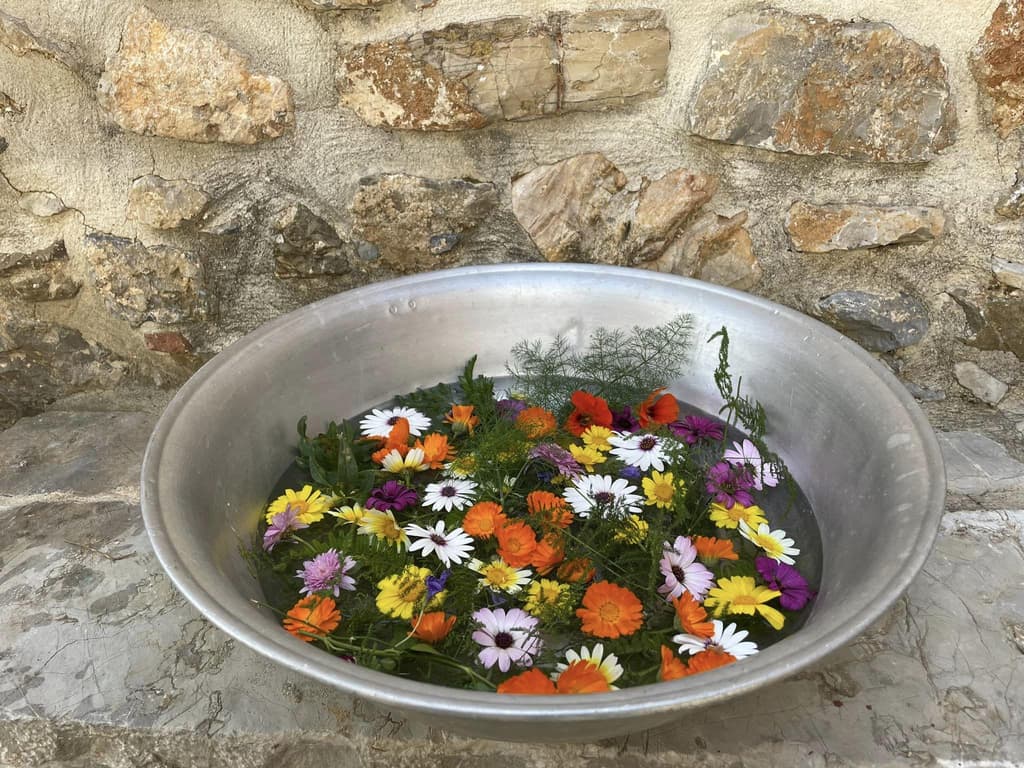
Dyeing Easter Eggs with Madder Root and Flower Blossoms
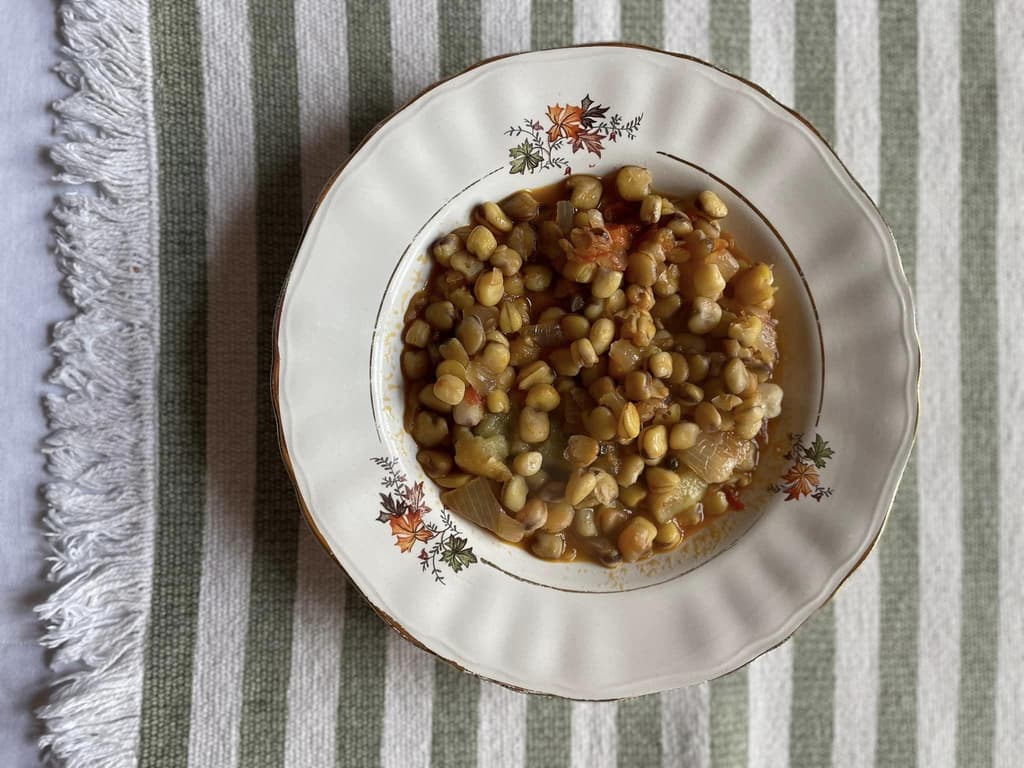
Biza or Manarolia Stew with Eggplants

Antikristo or "Ofto" Meat
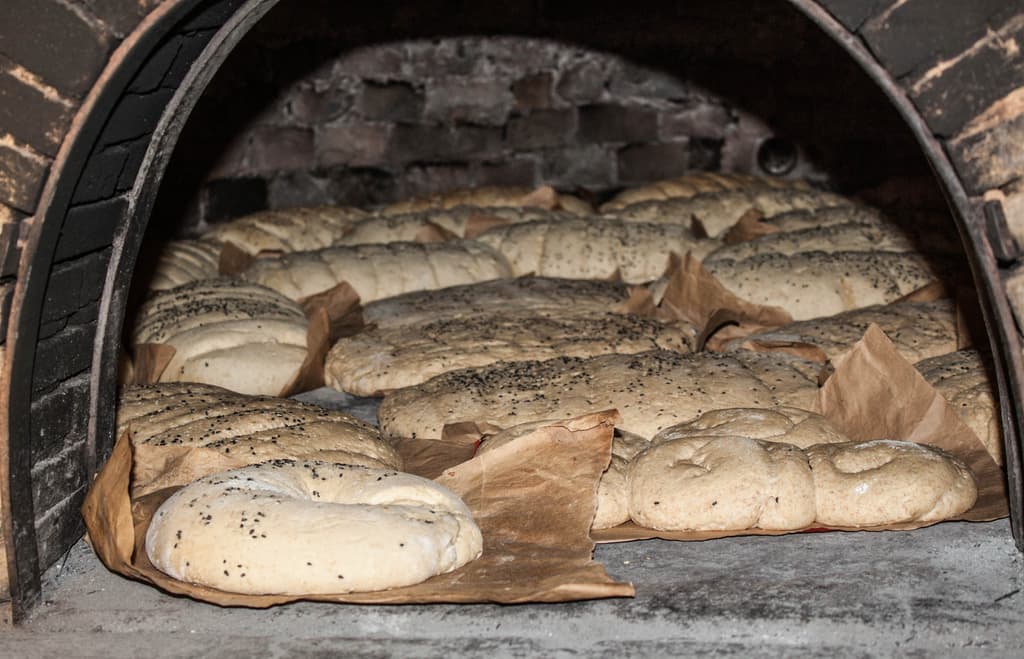
Eftazymo Bread
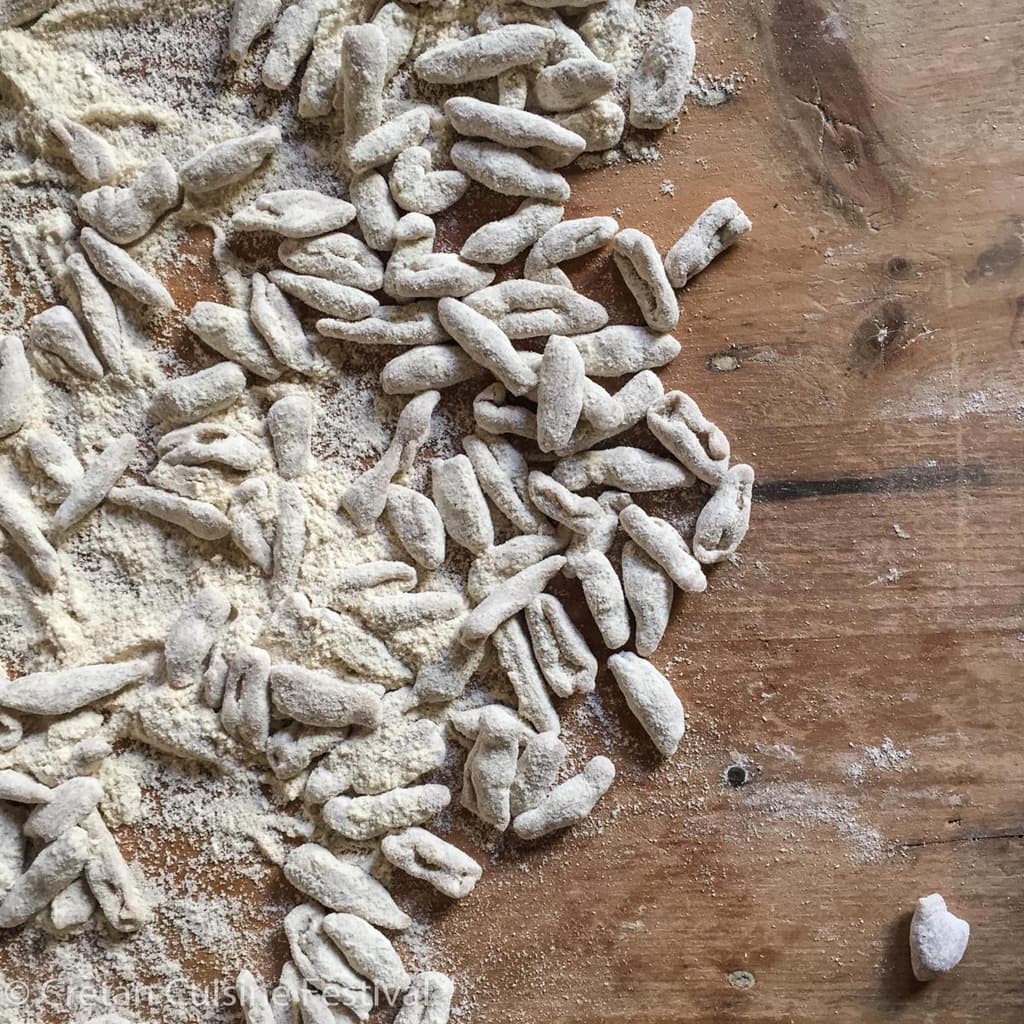
Skioufichta Macarounia
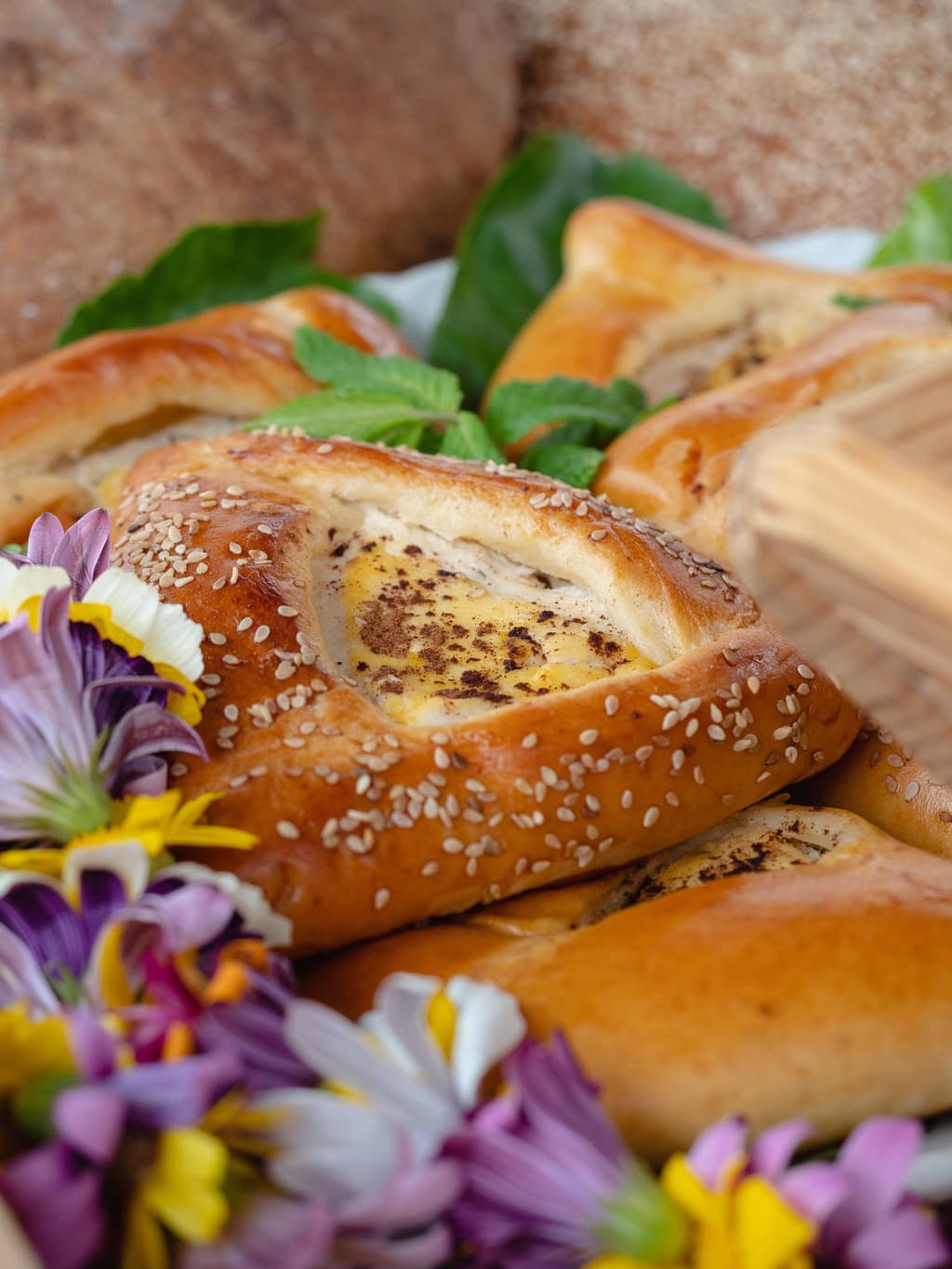
Anevata Kalitsounia
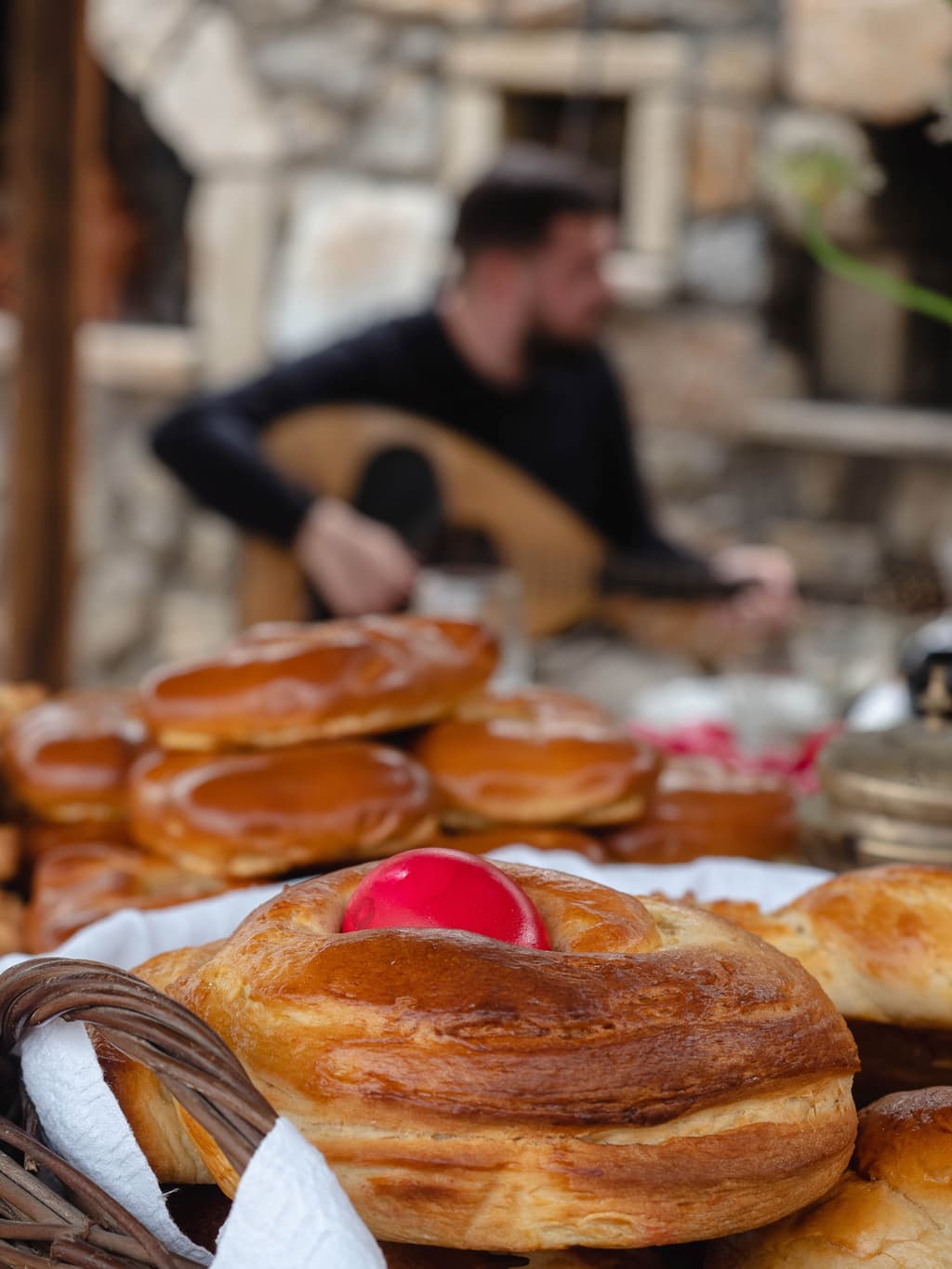
Galatera

Sykomarides
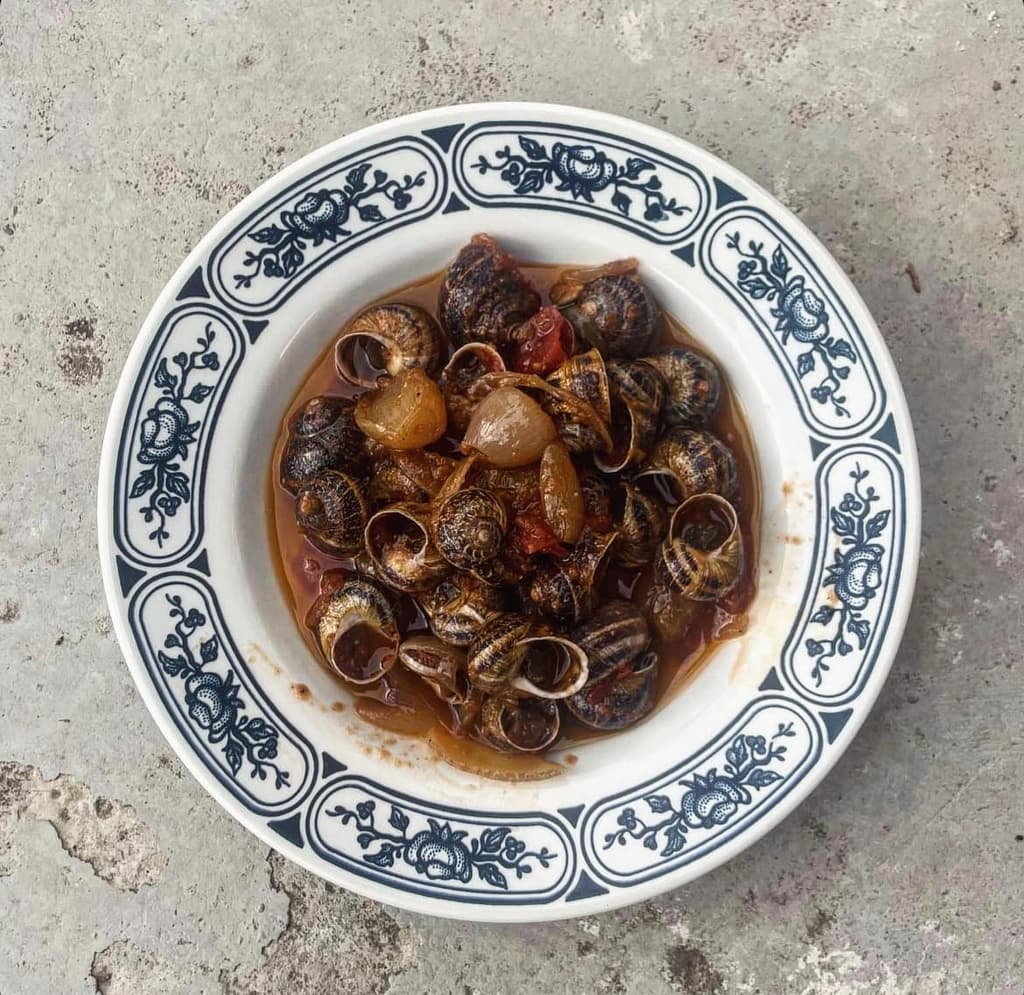
Snails Stifado
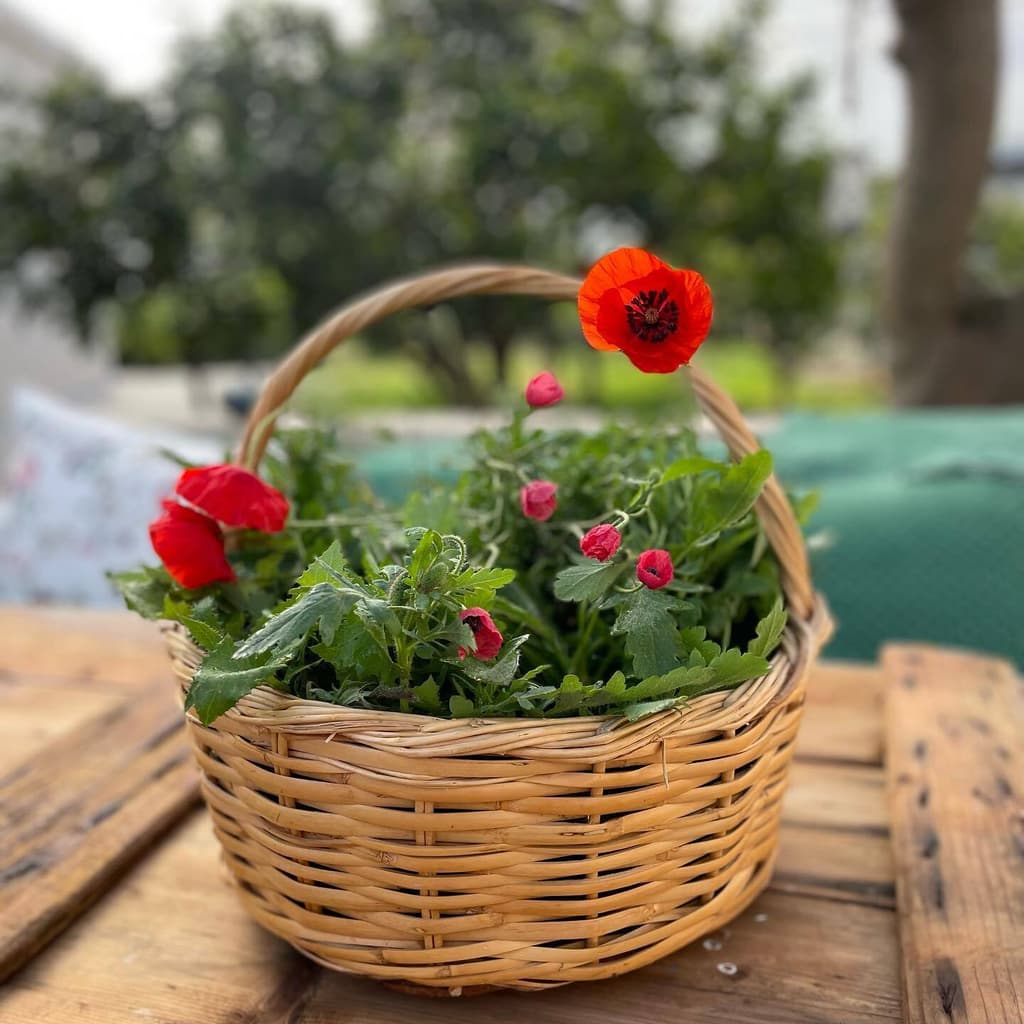
Poppy Pies (Paparounopites)

Beetroot Salad
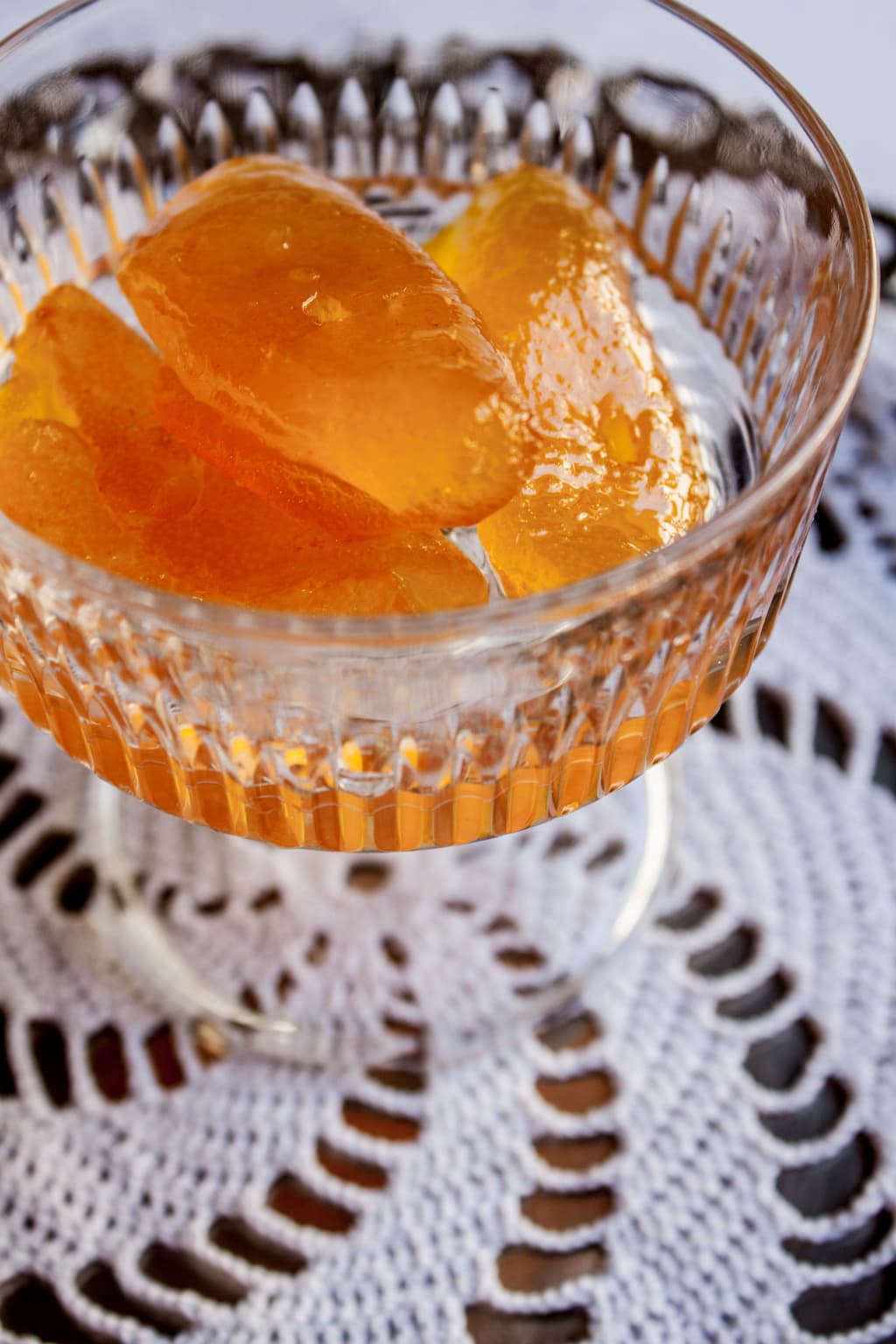
Bitter Orange Spoon Sweet (Nerantzi)
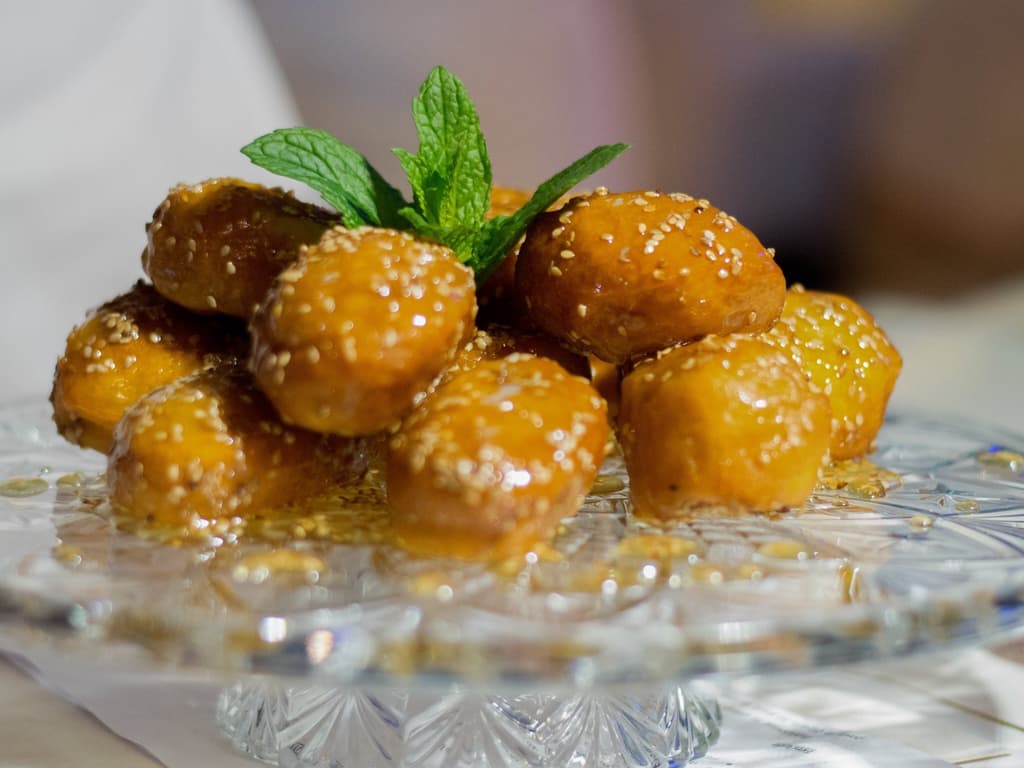
Loukoumia or Koubania

Fasouloryzo
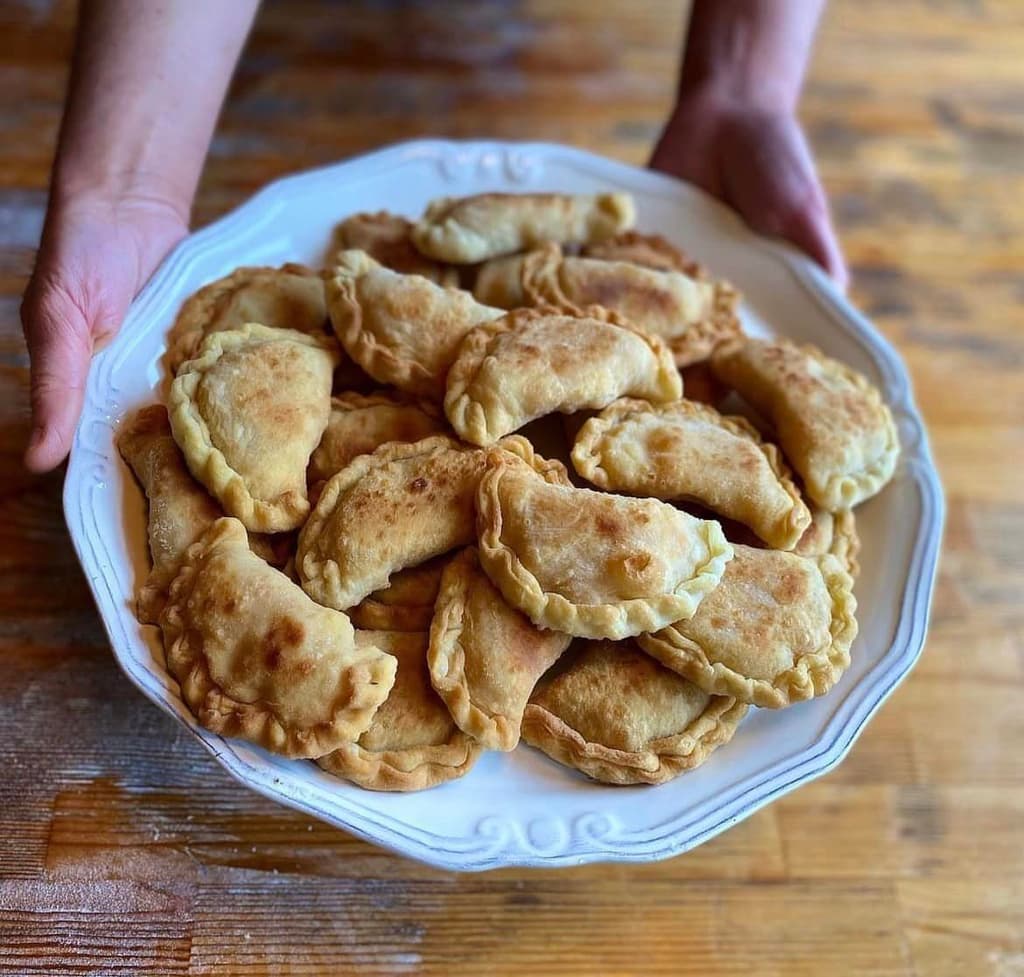
Pumpkin-Filled Pitarakia

Biza or Manarolia Stew with Eggplants
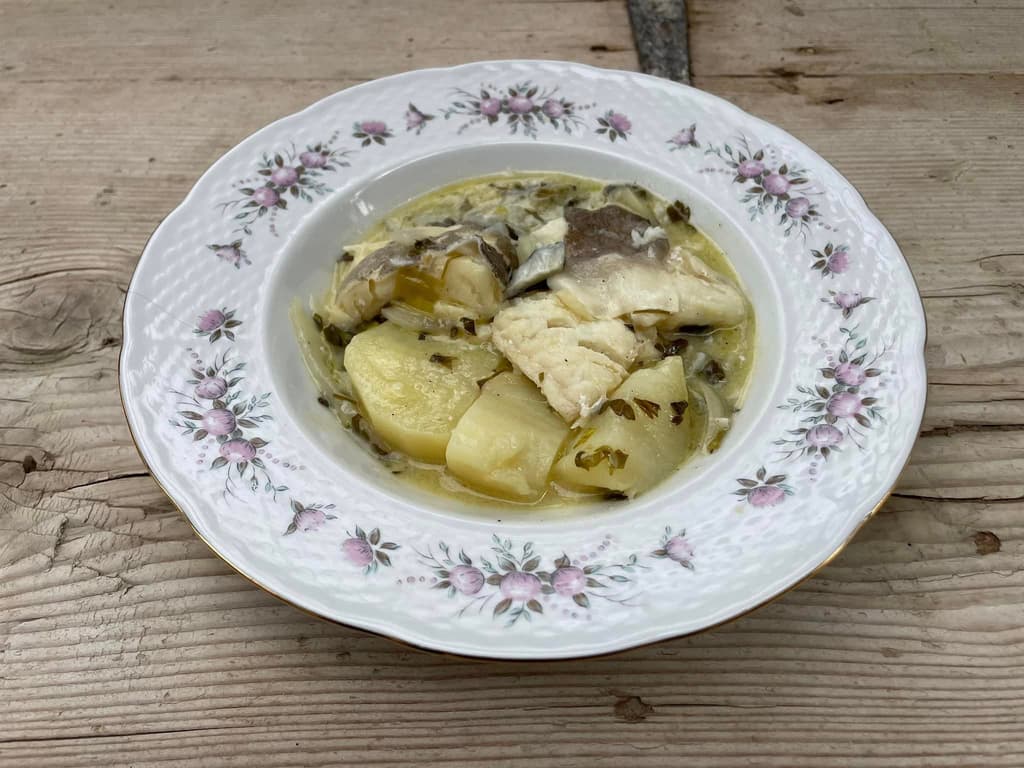
Salted Cod with Bitter Orange Sauce
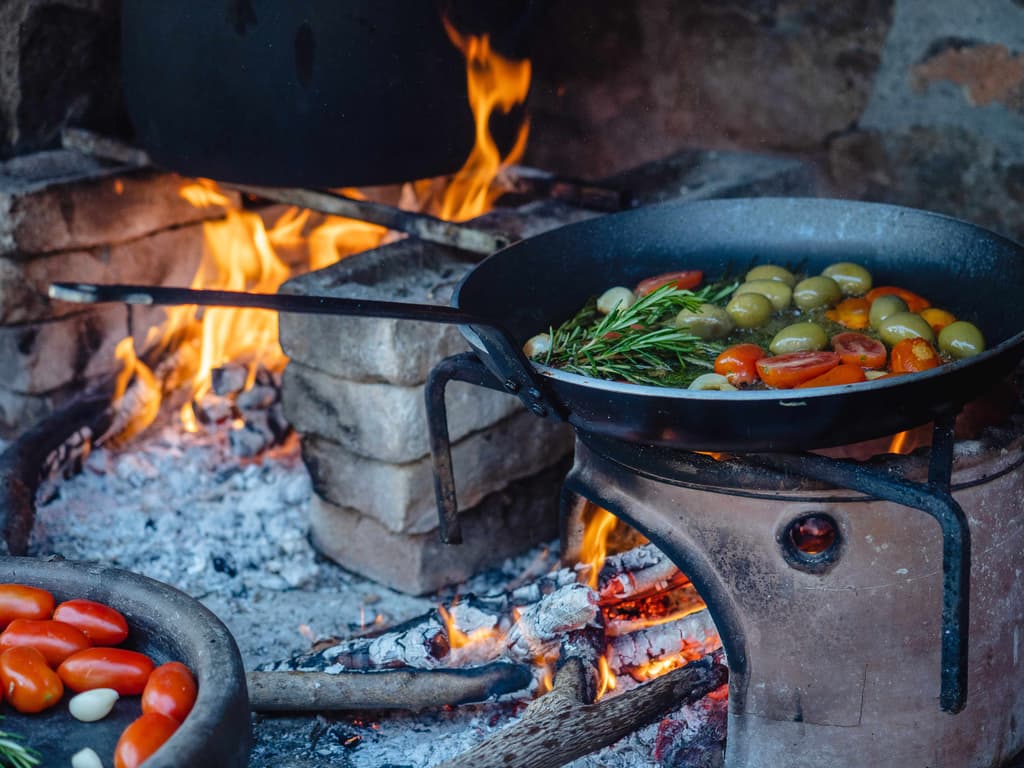
Sountrimades
